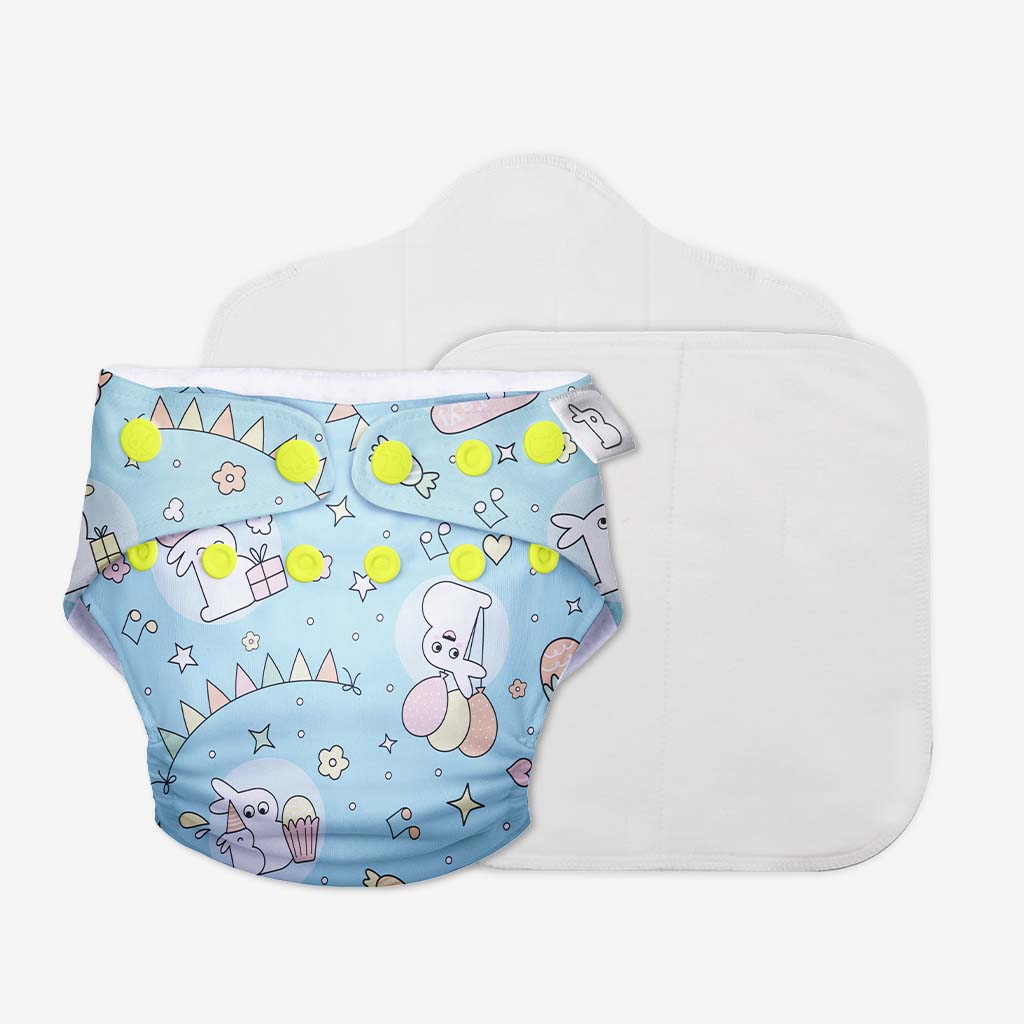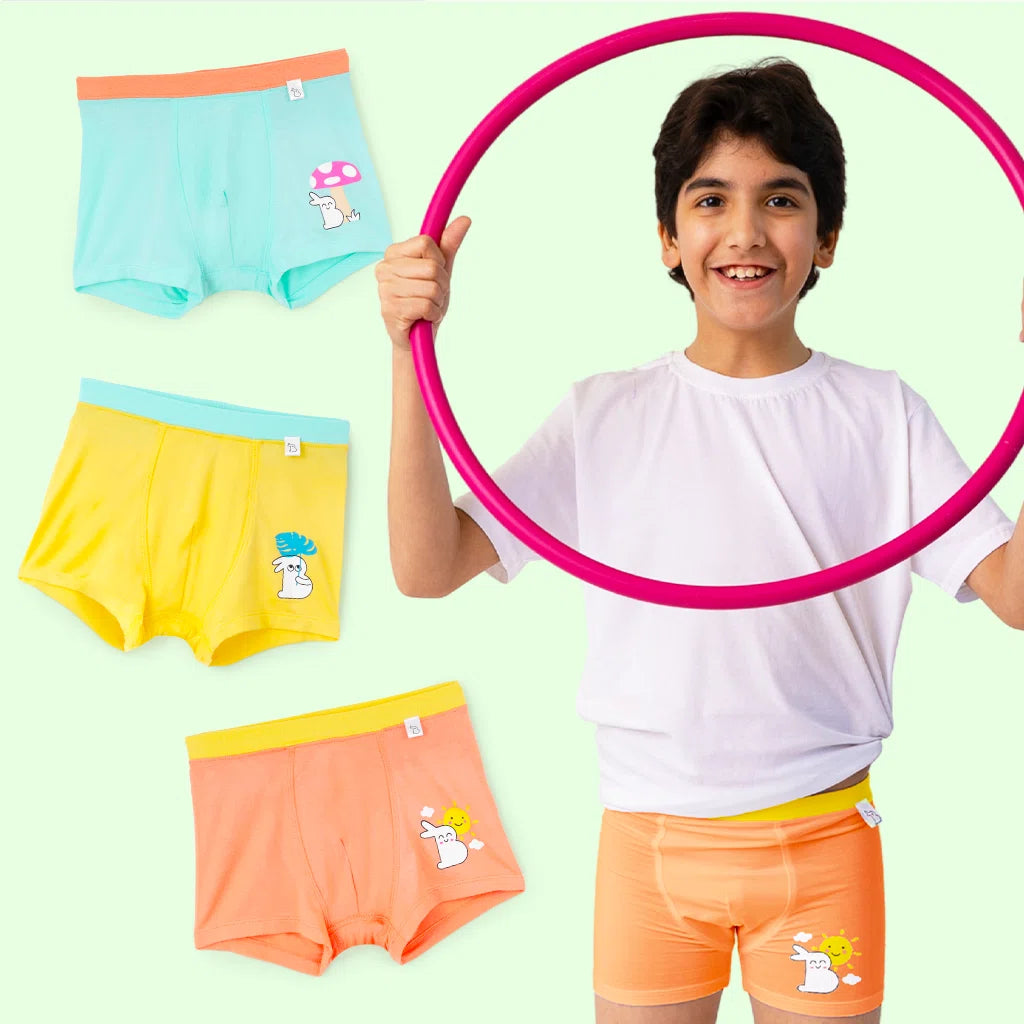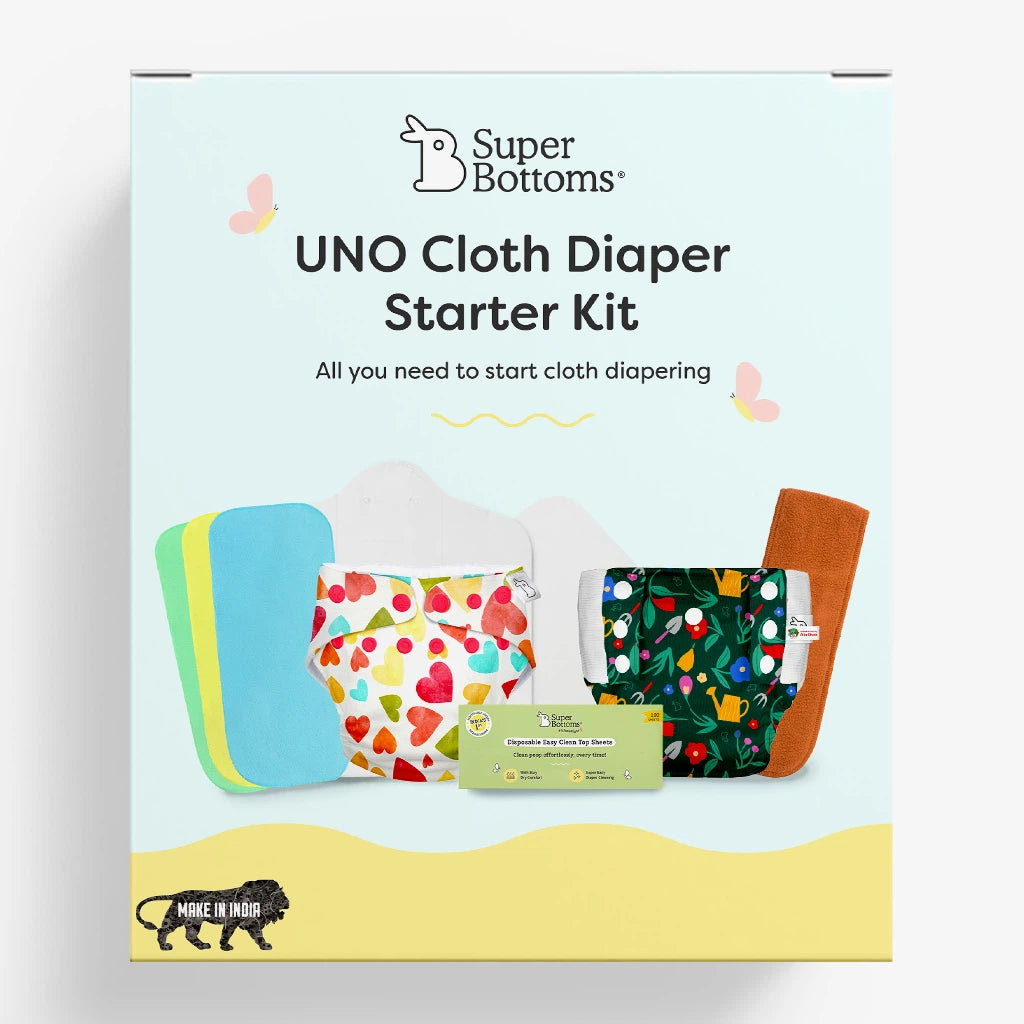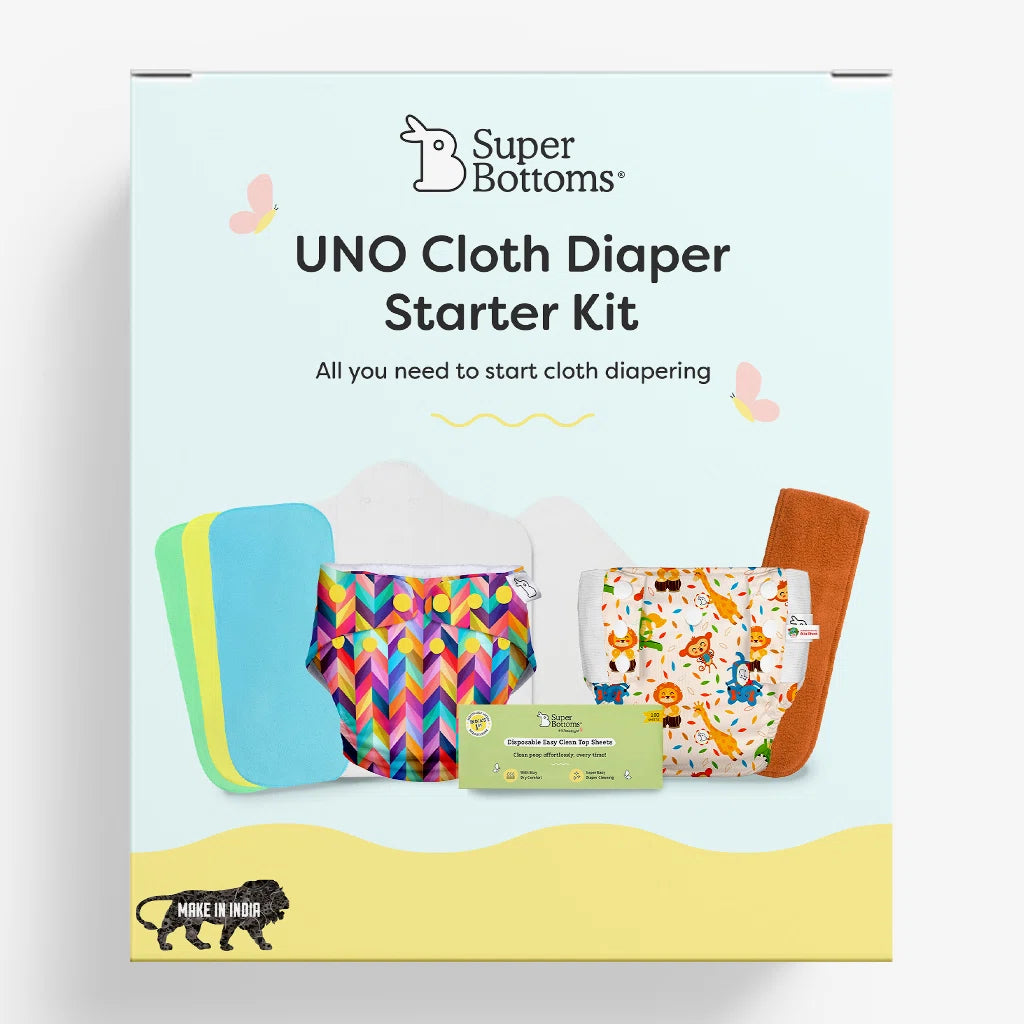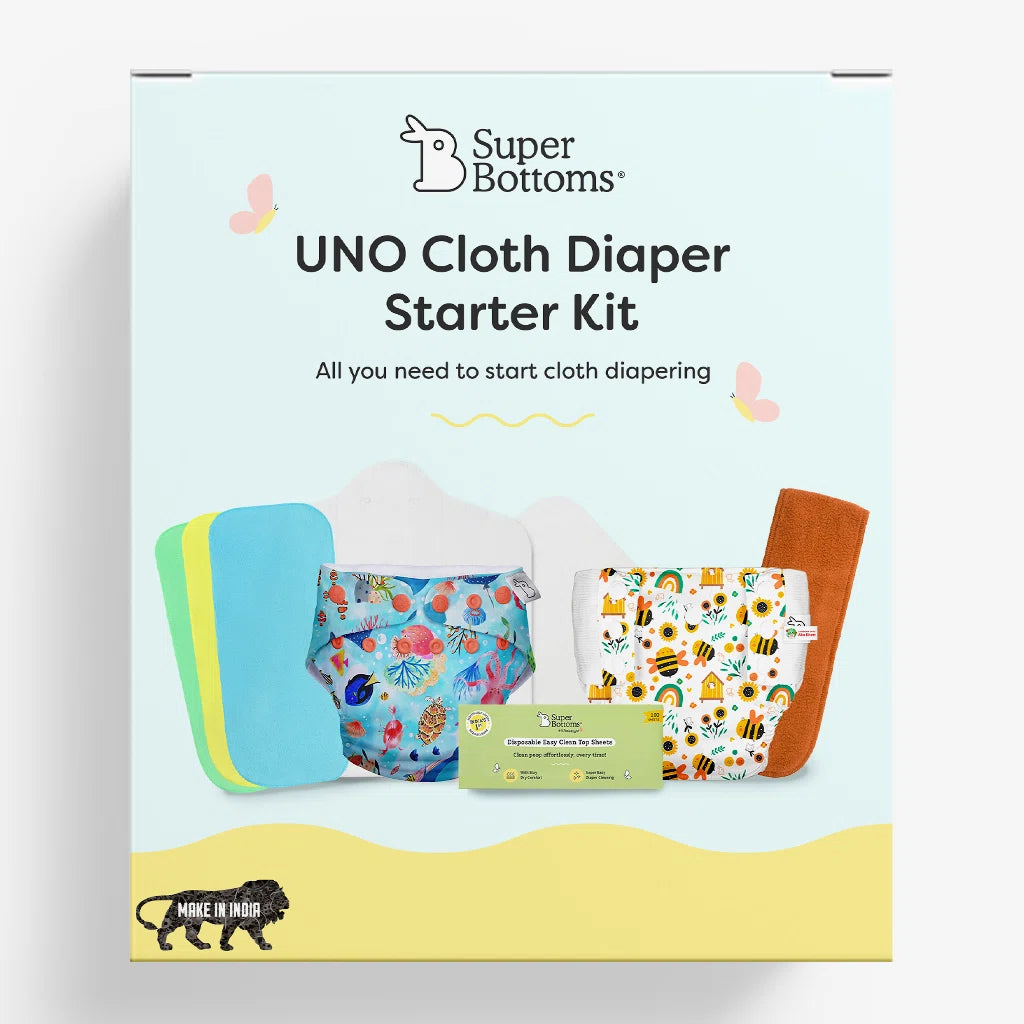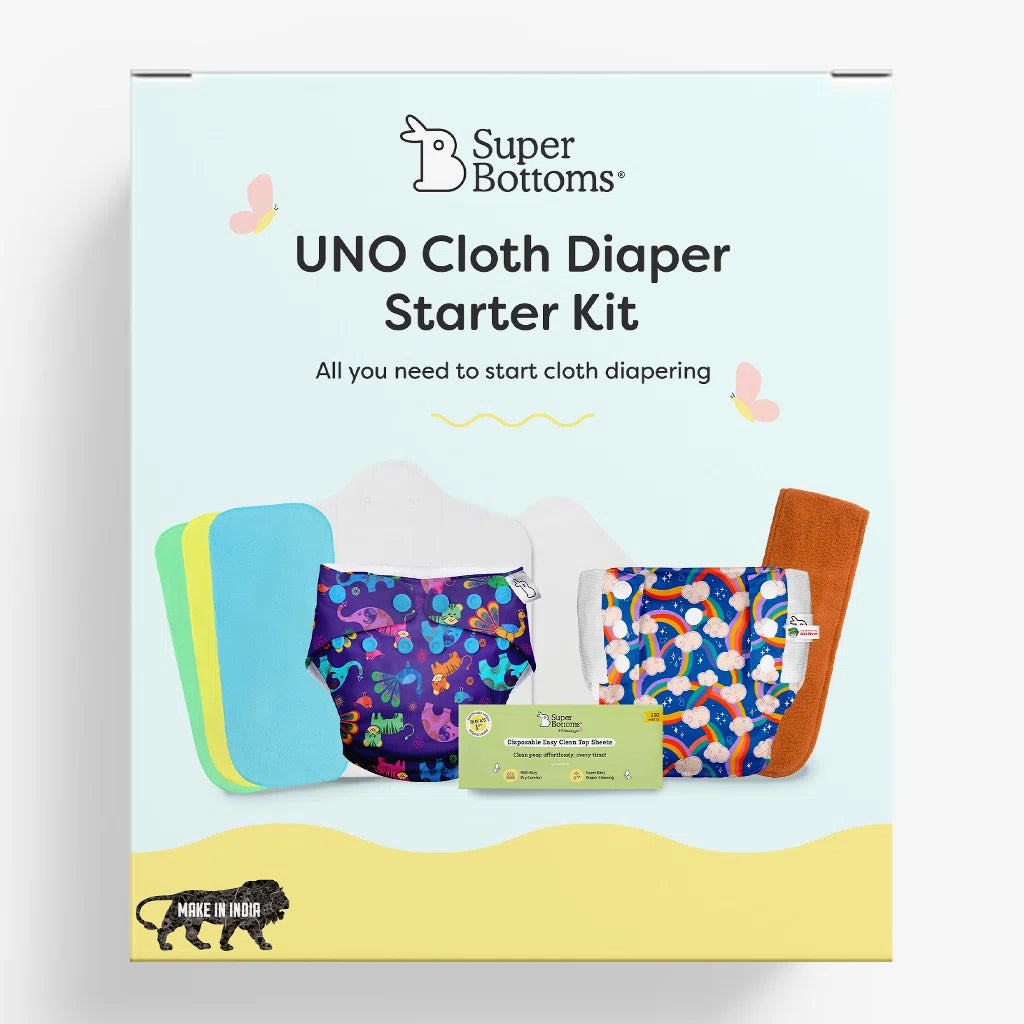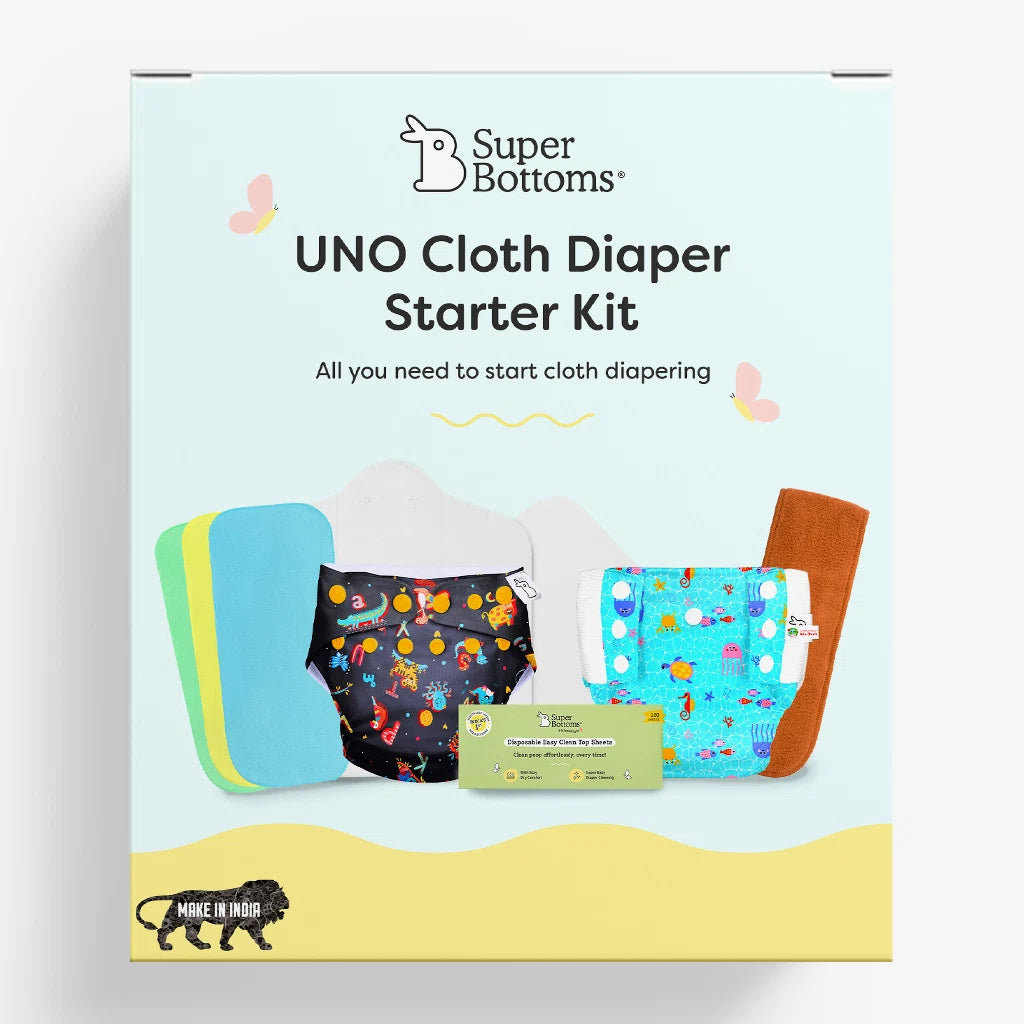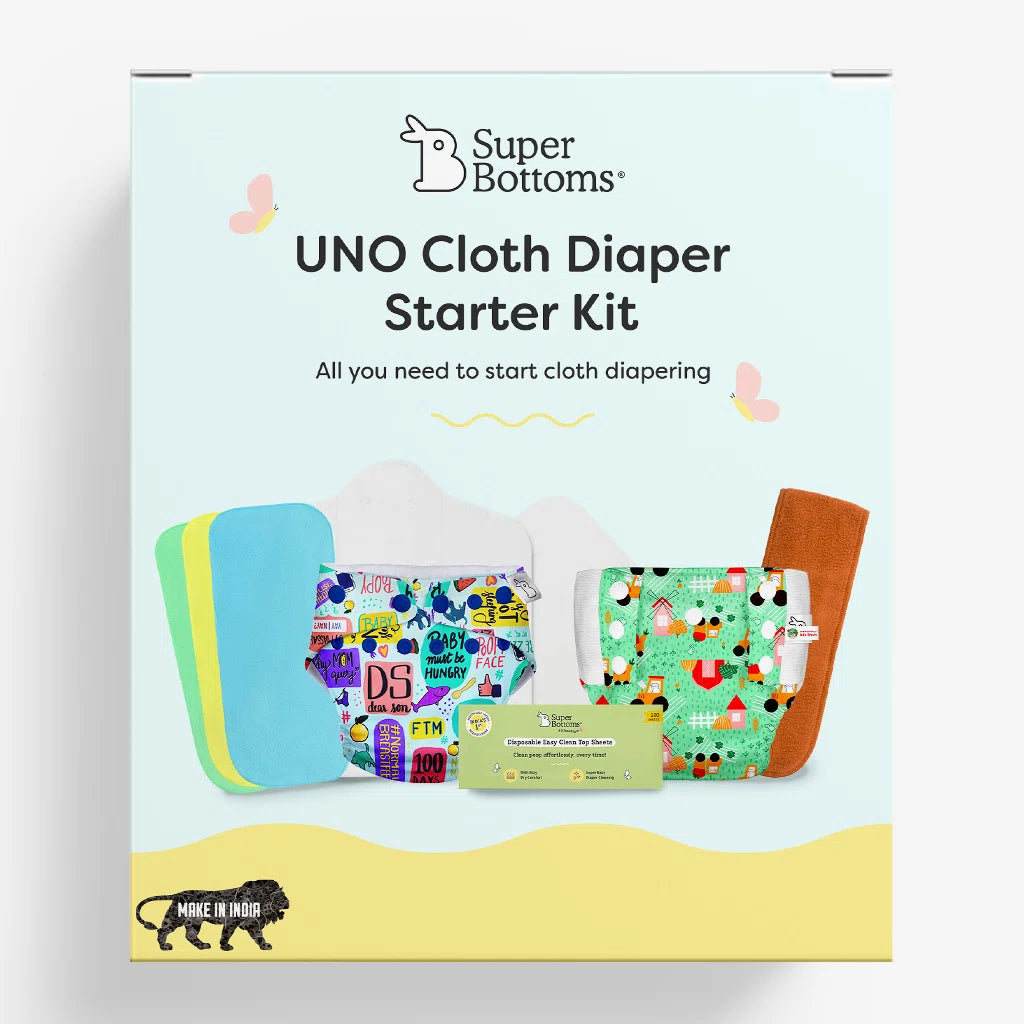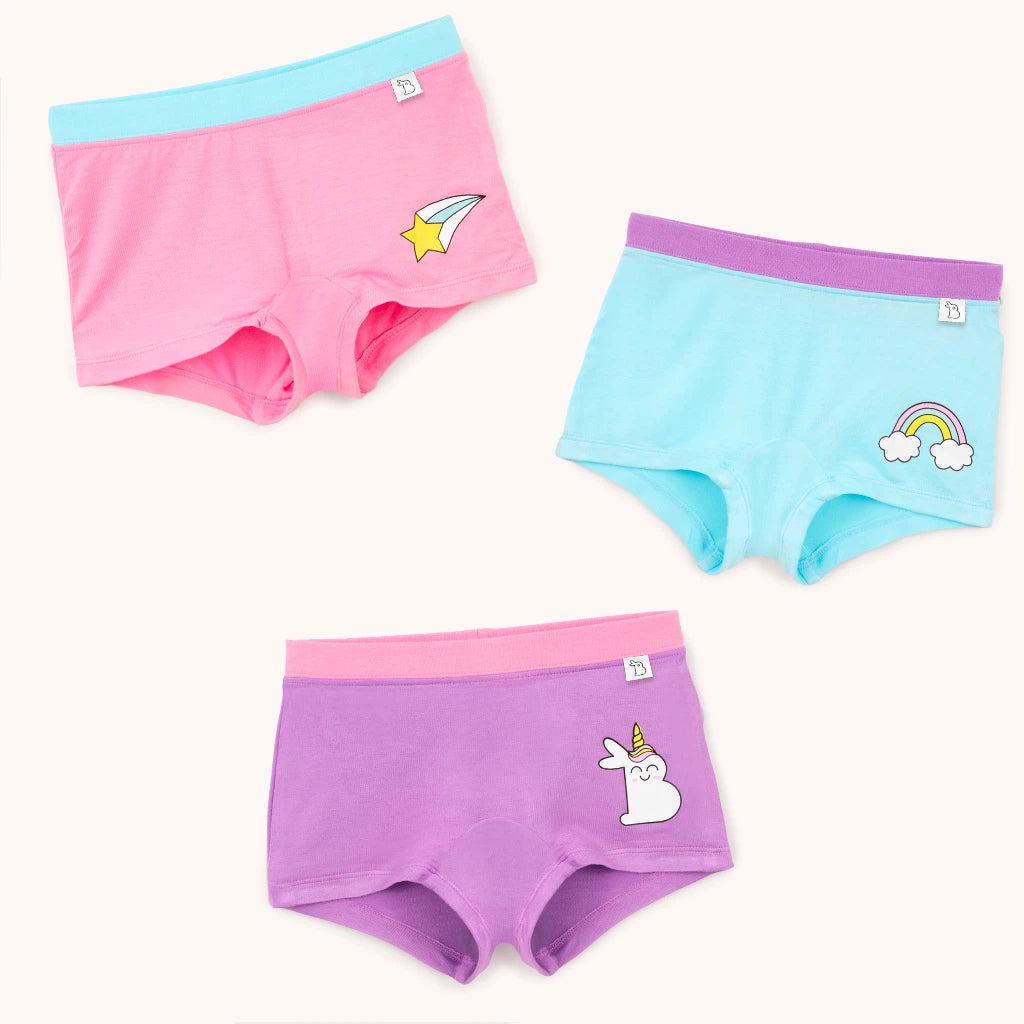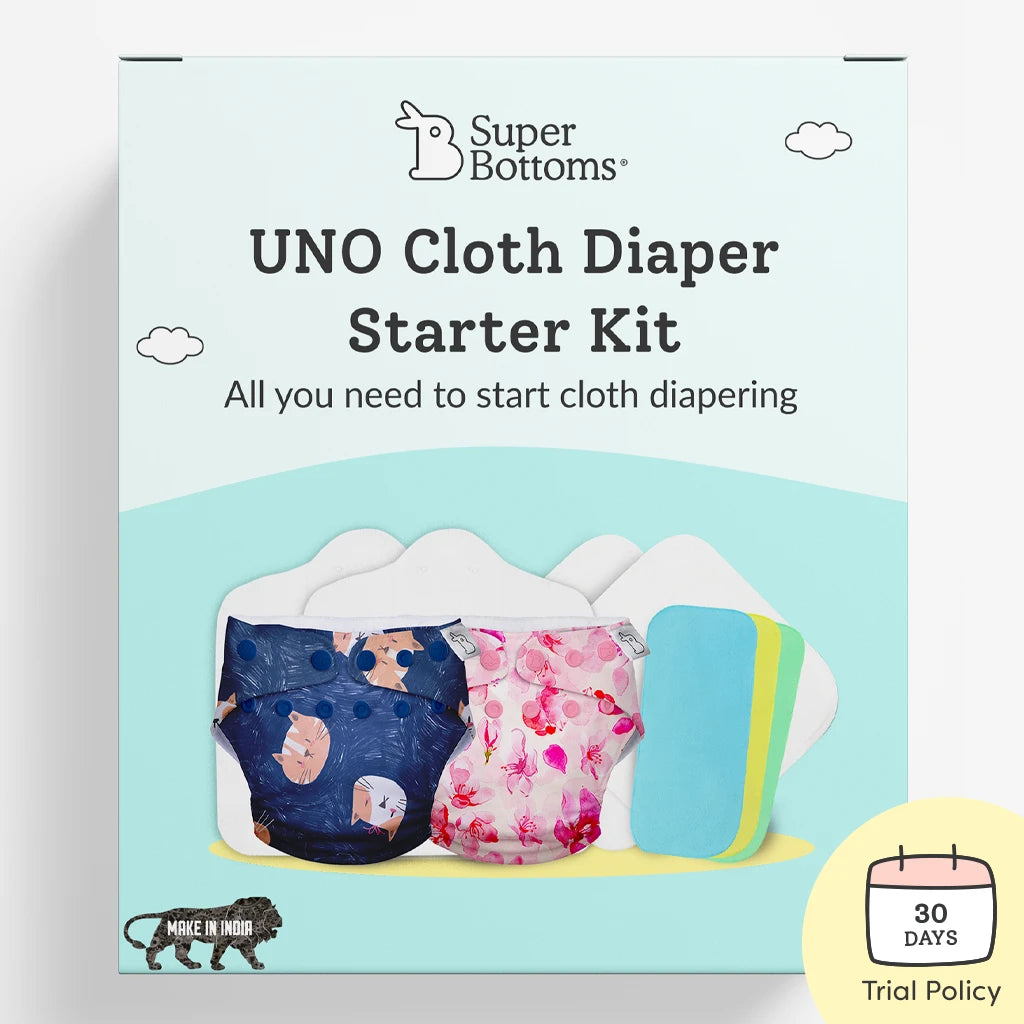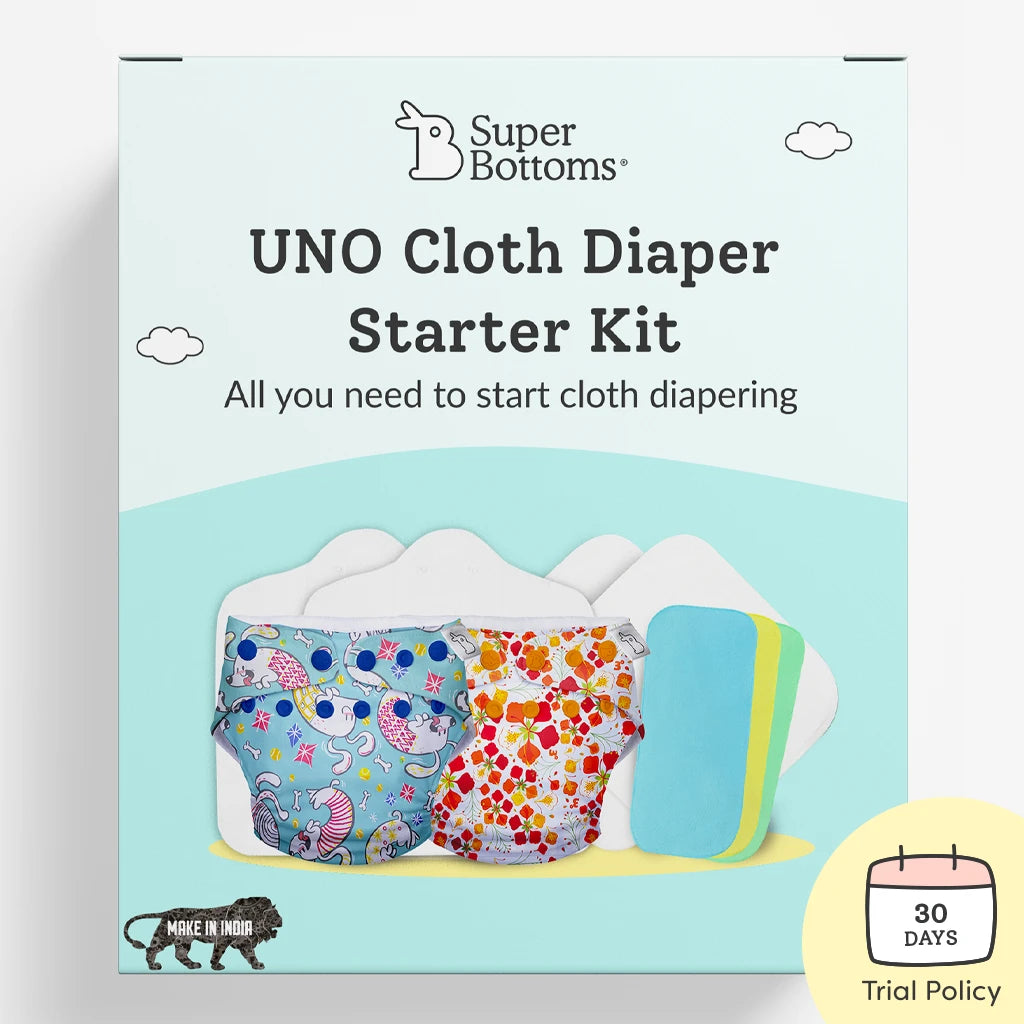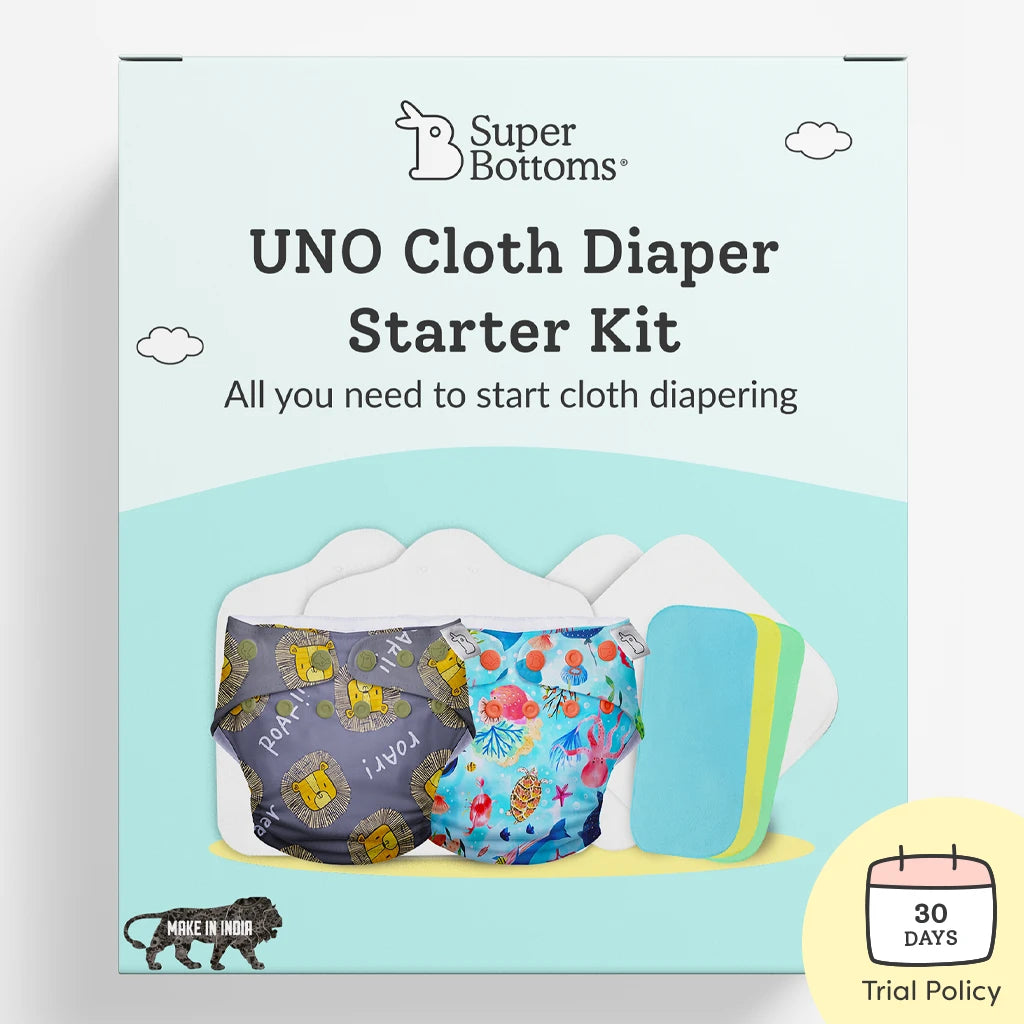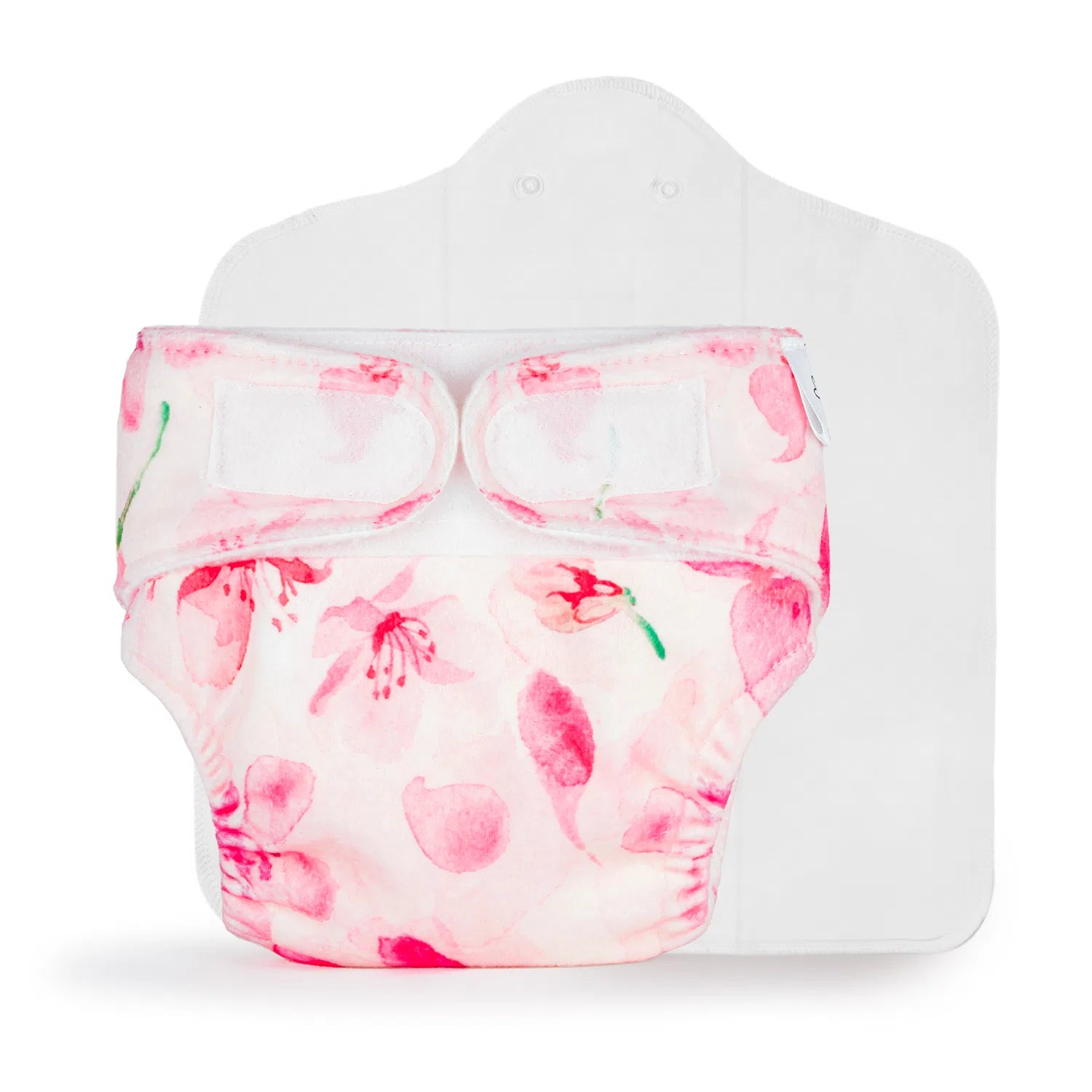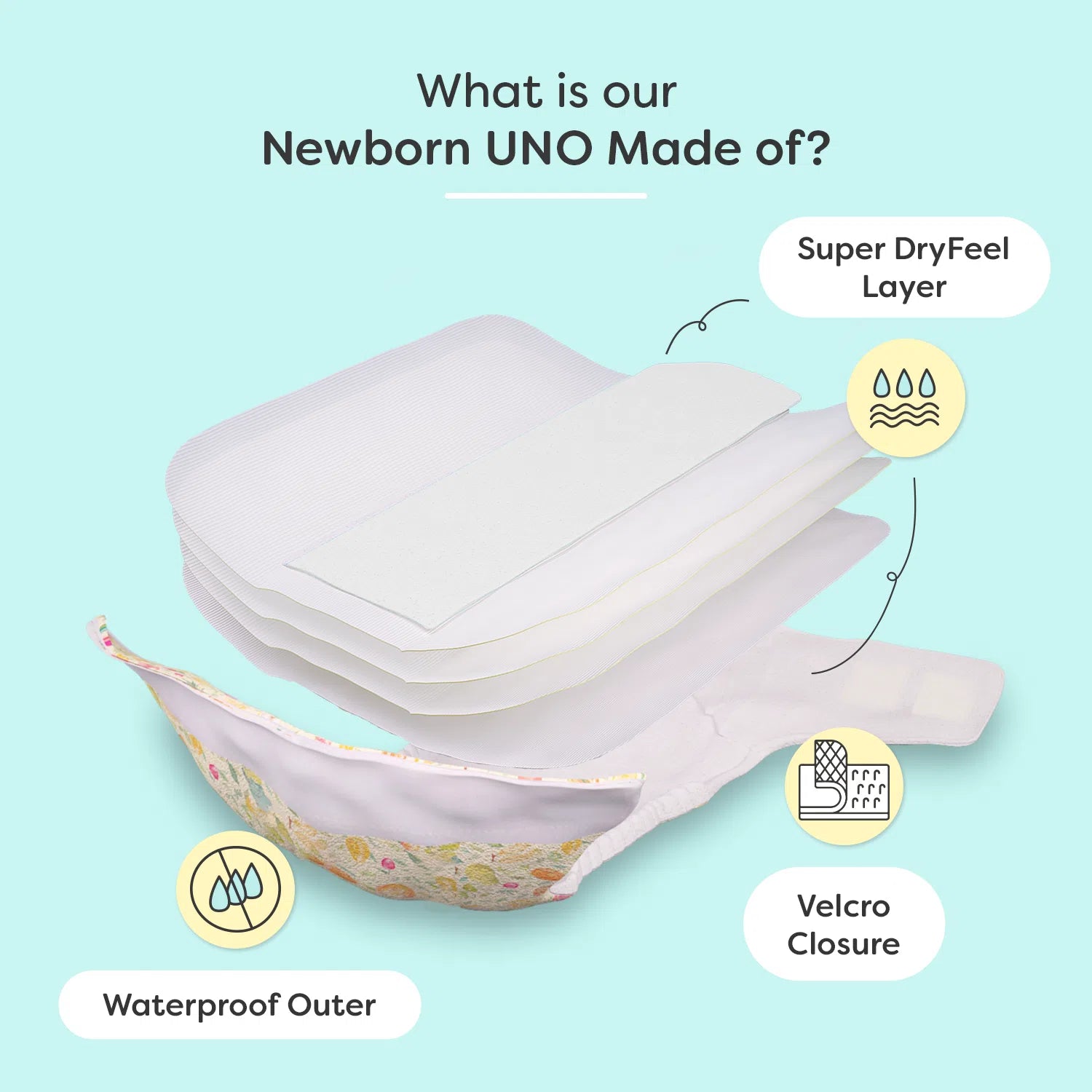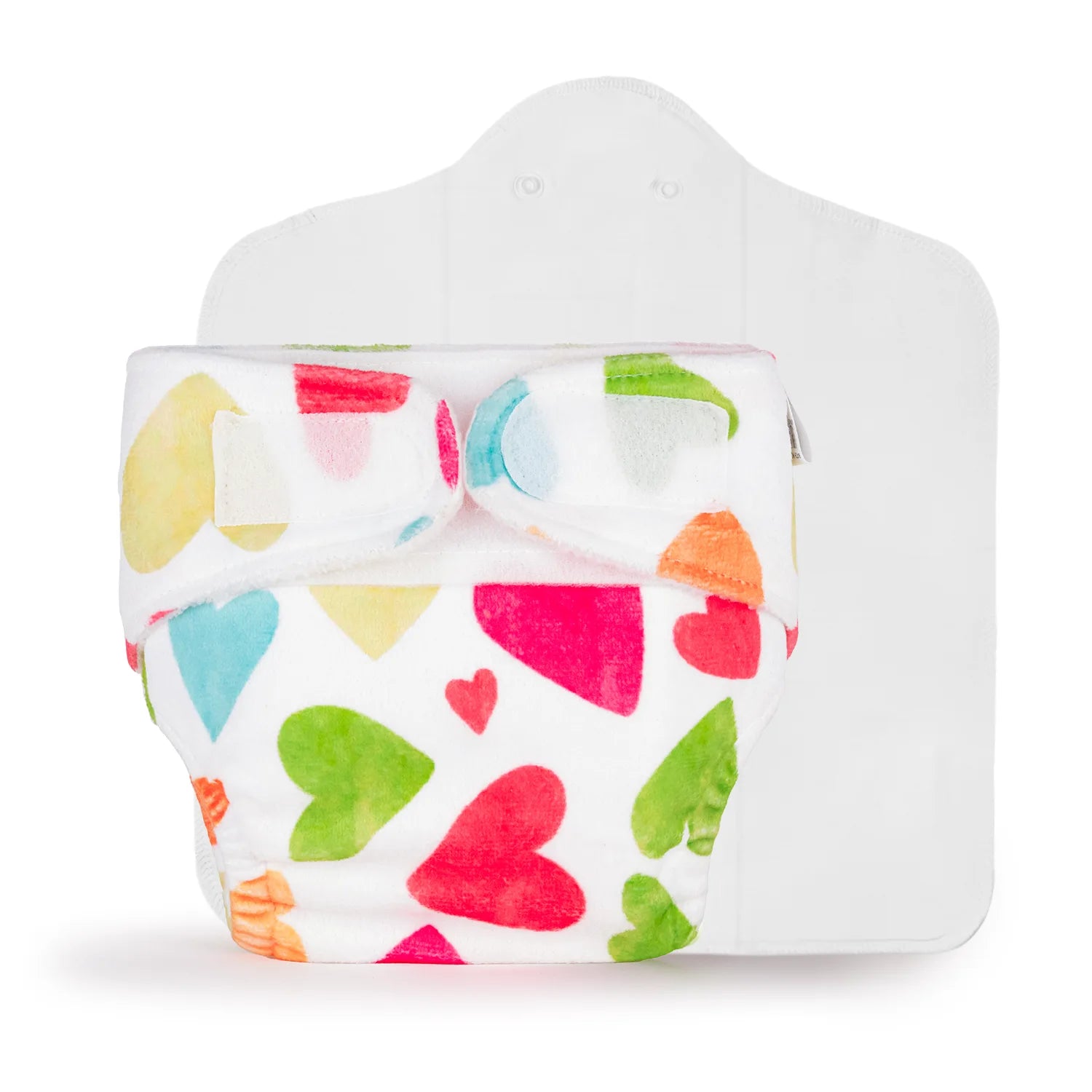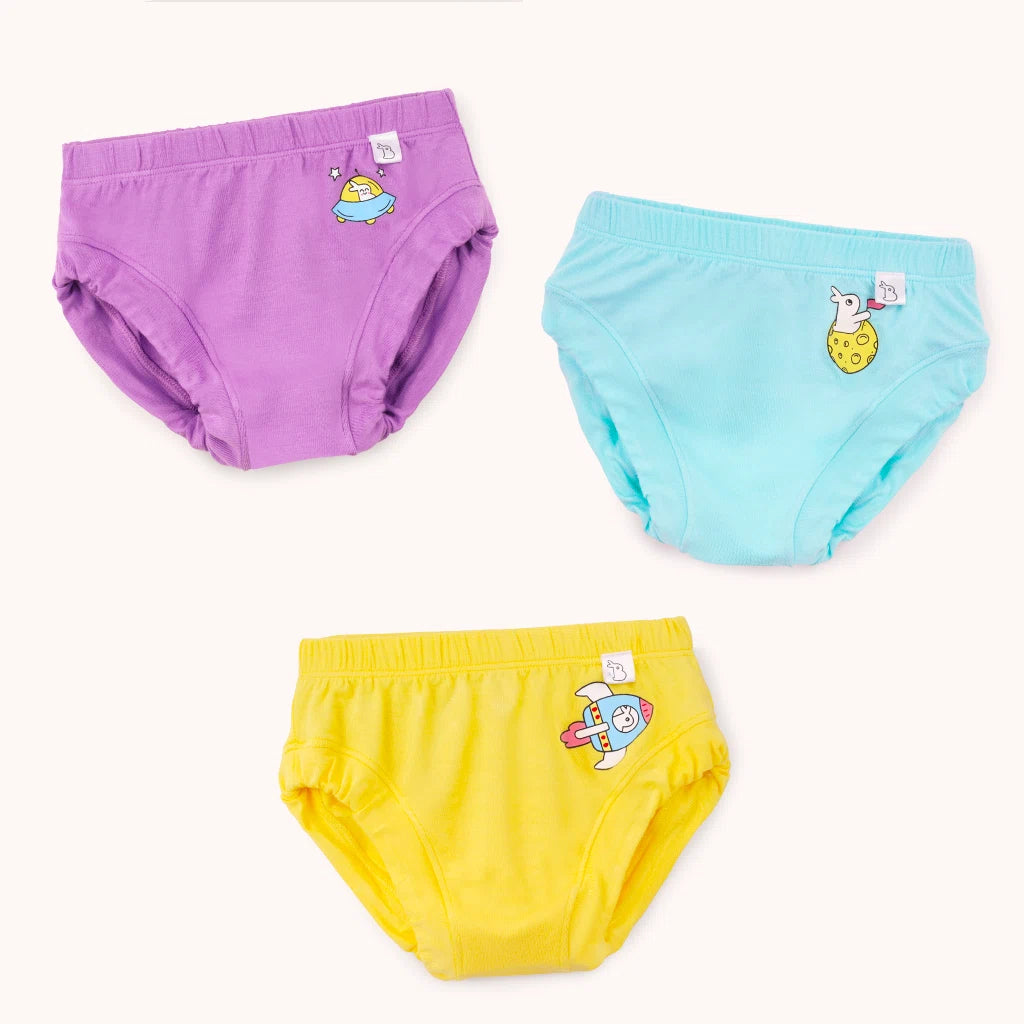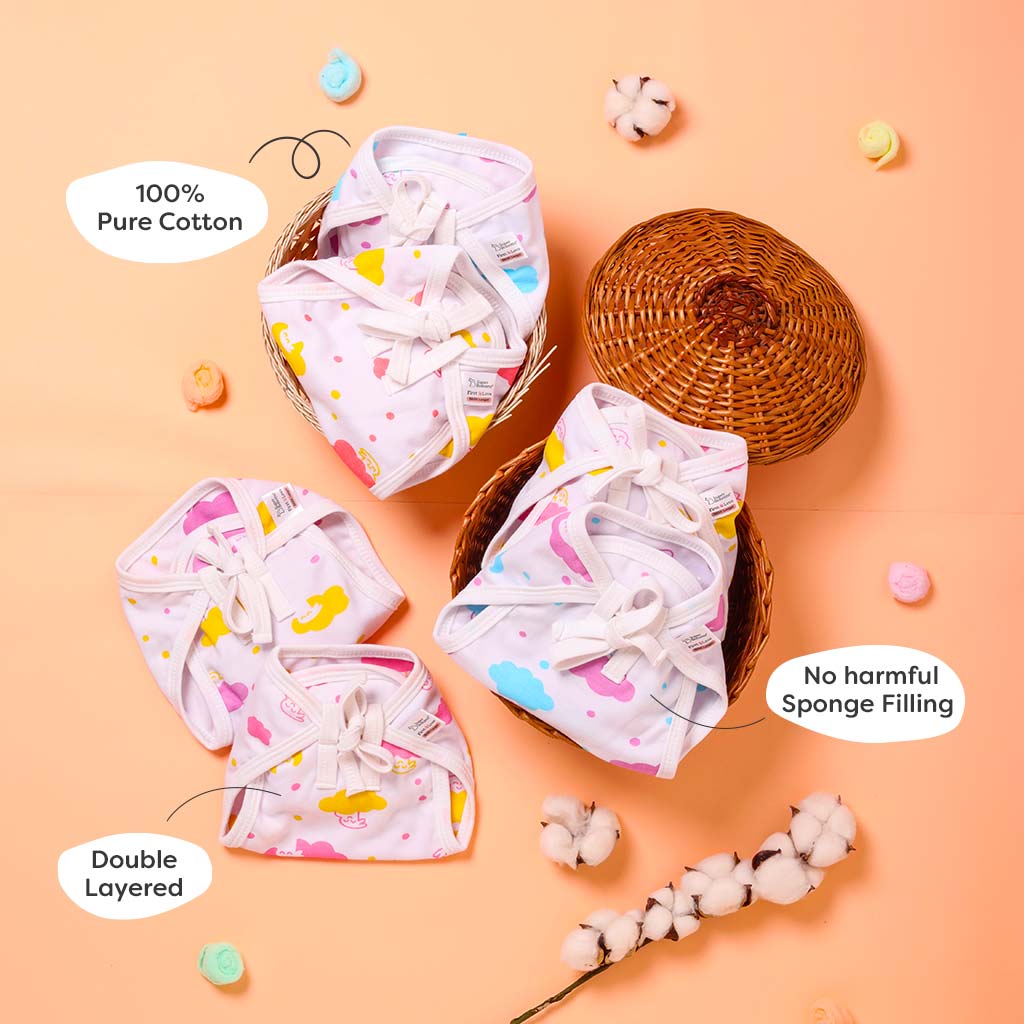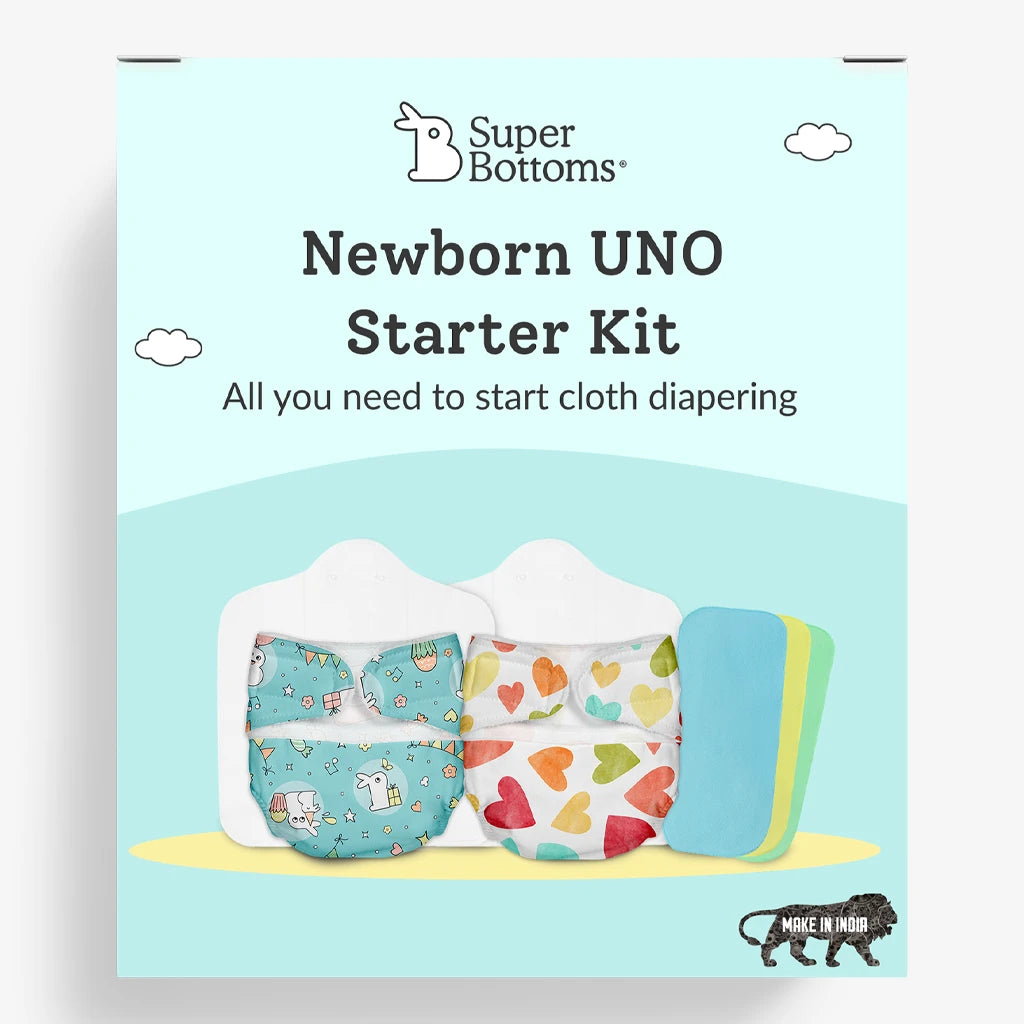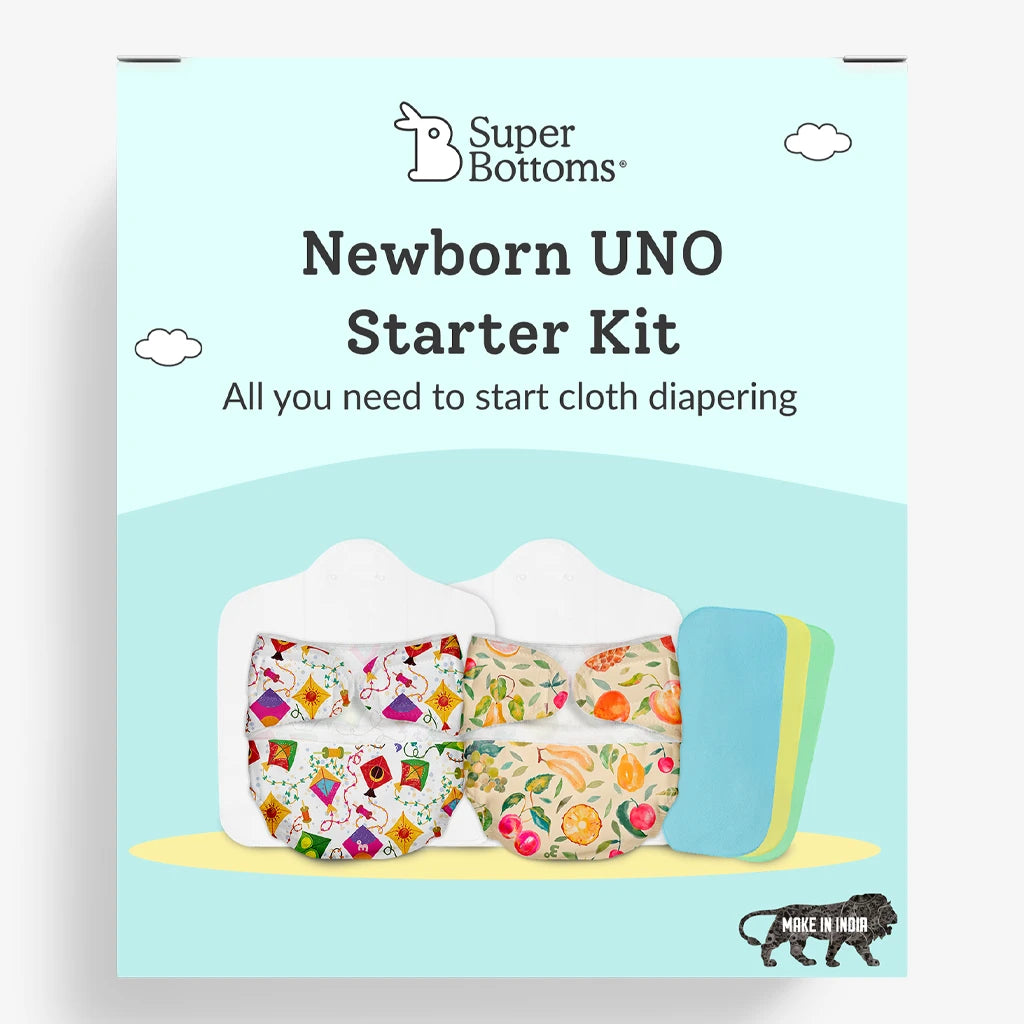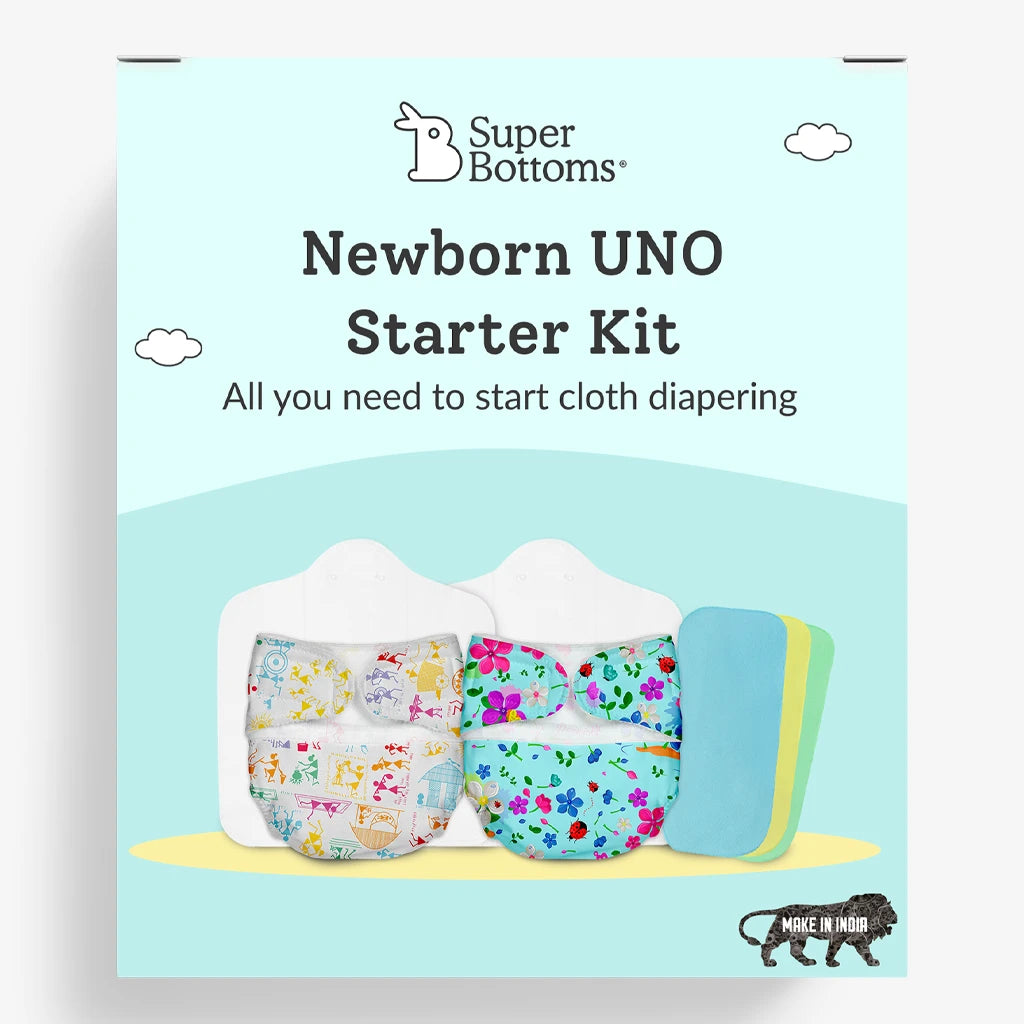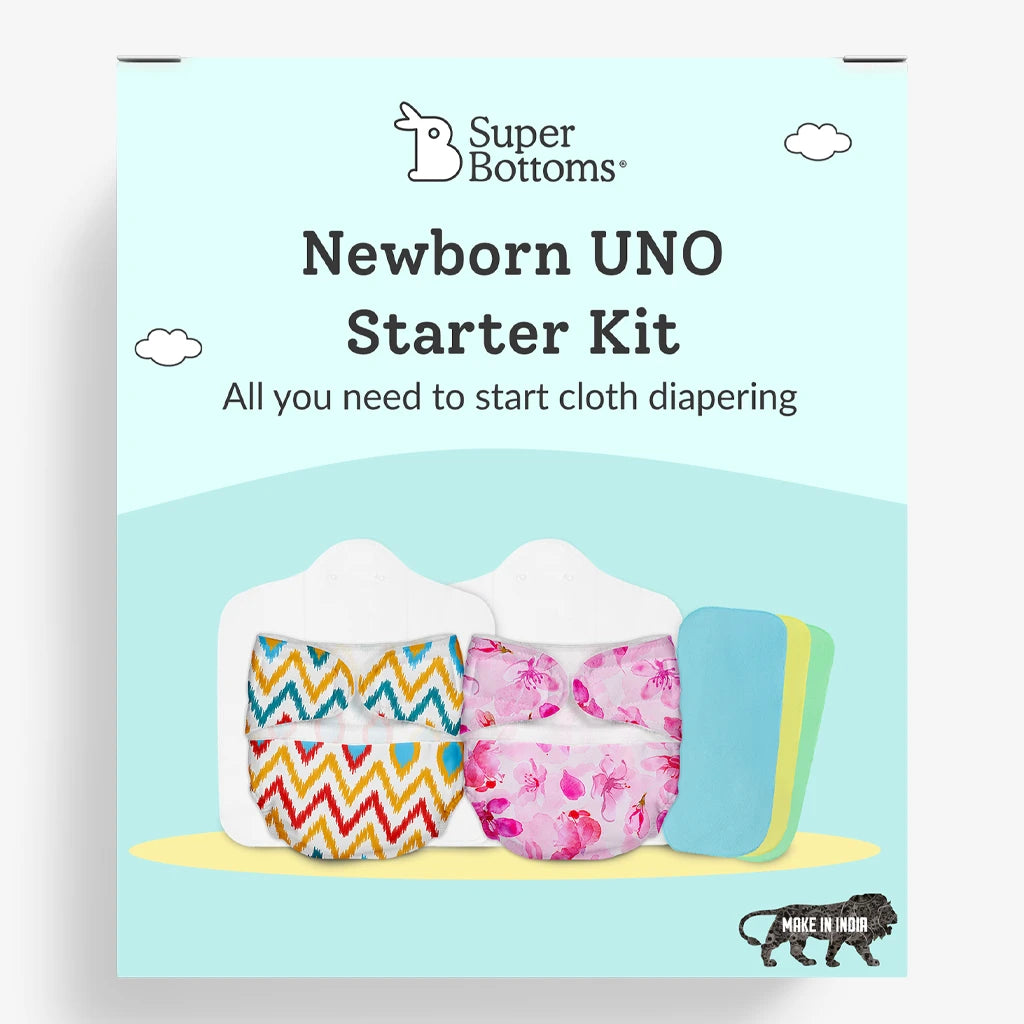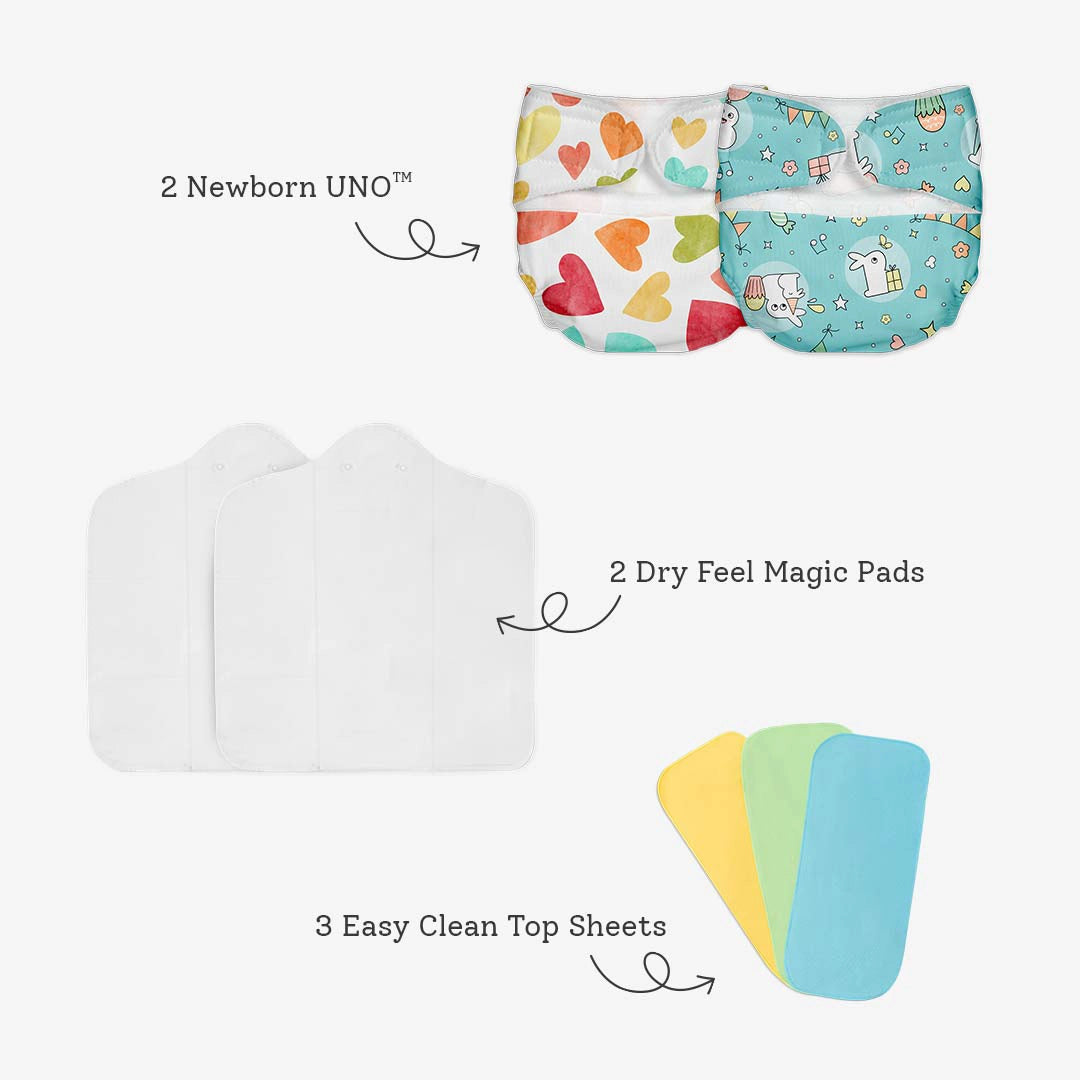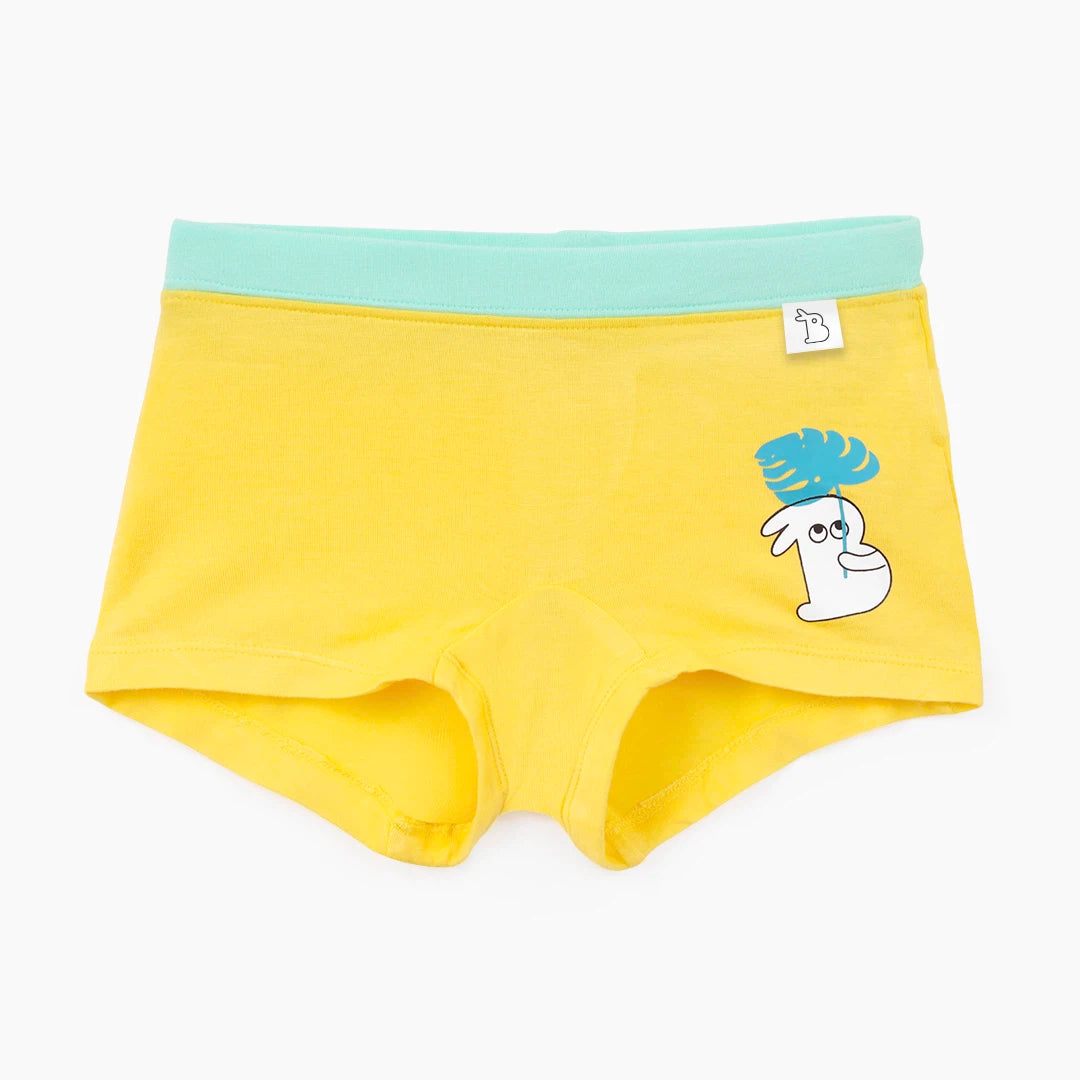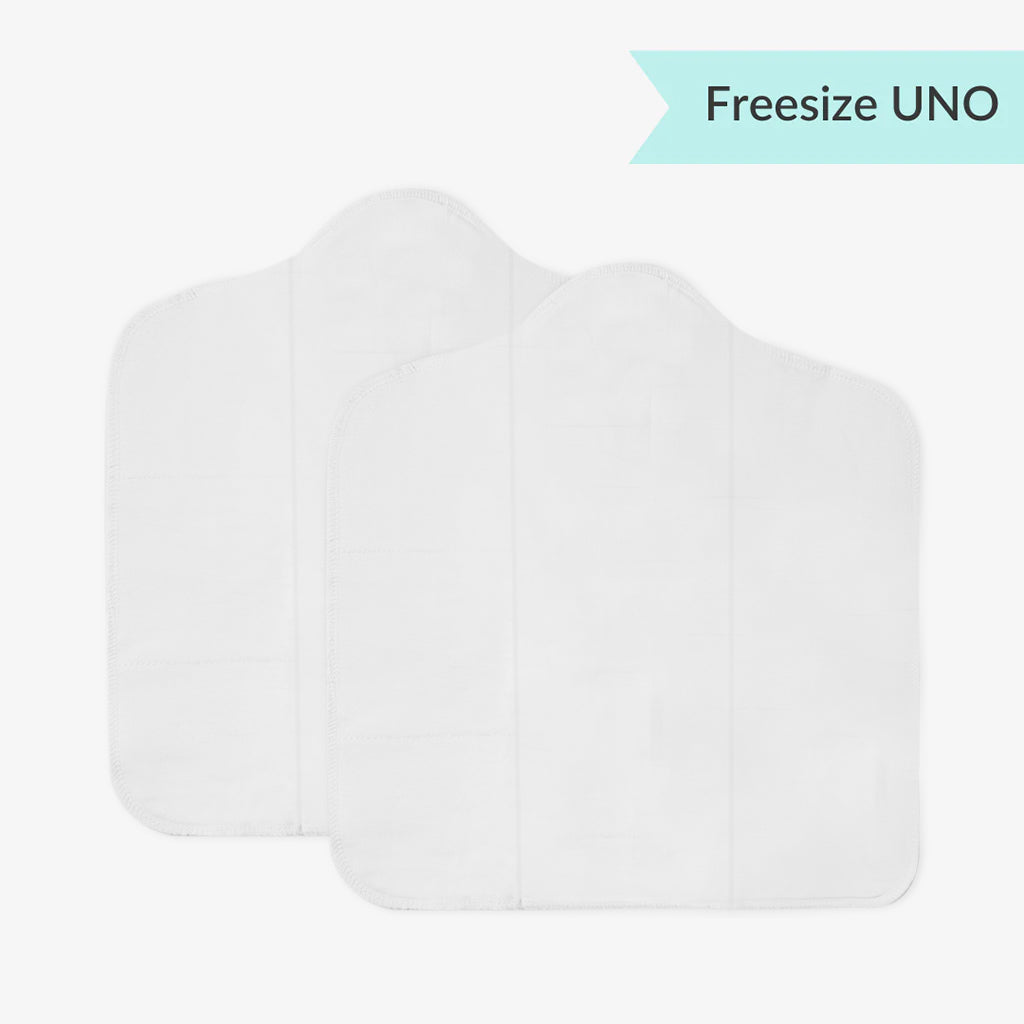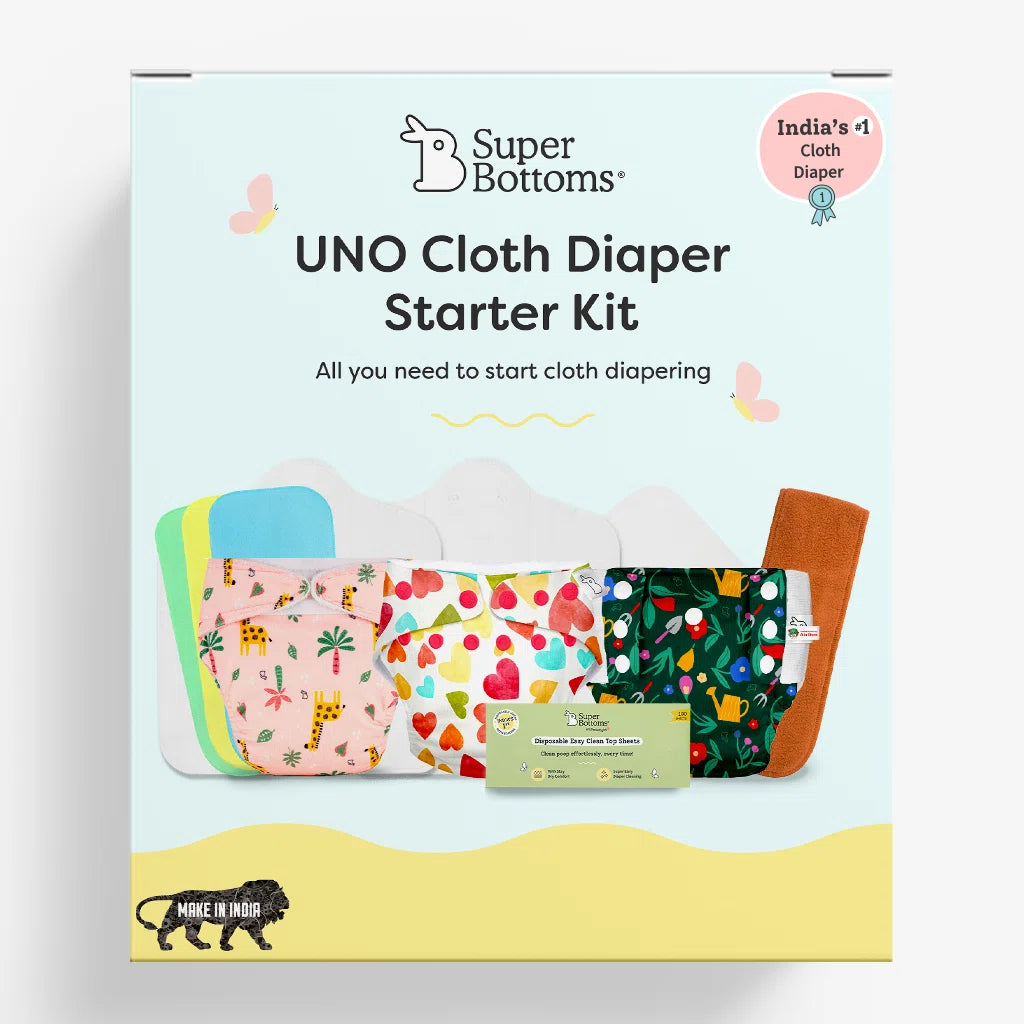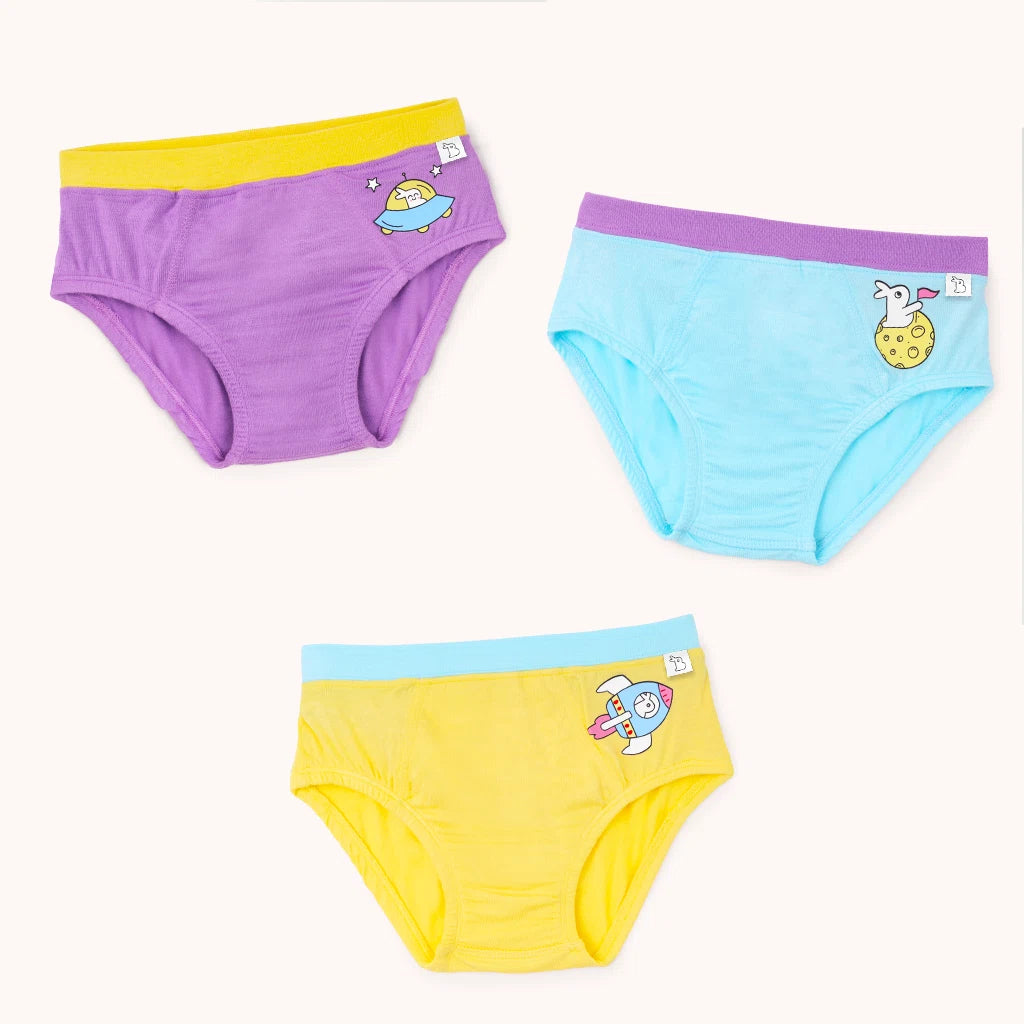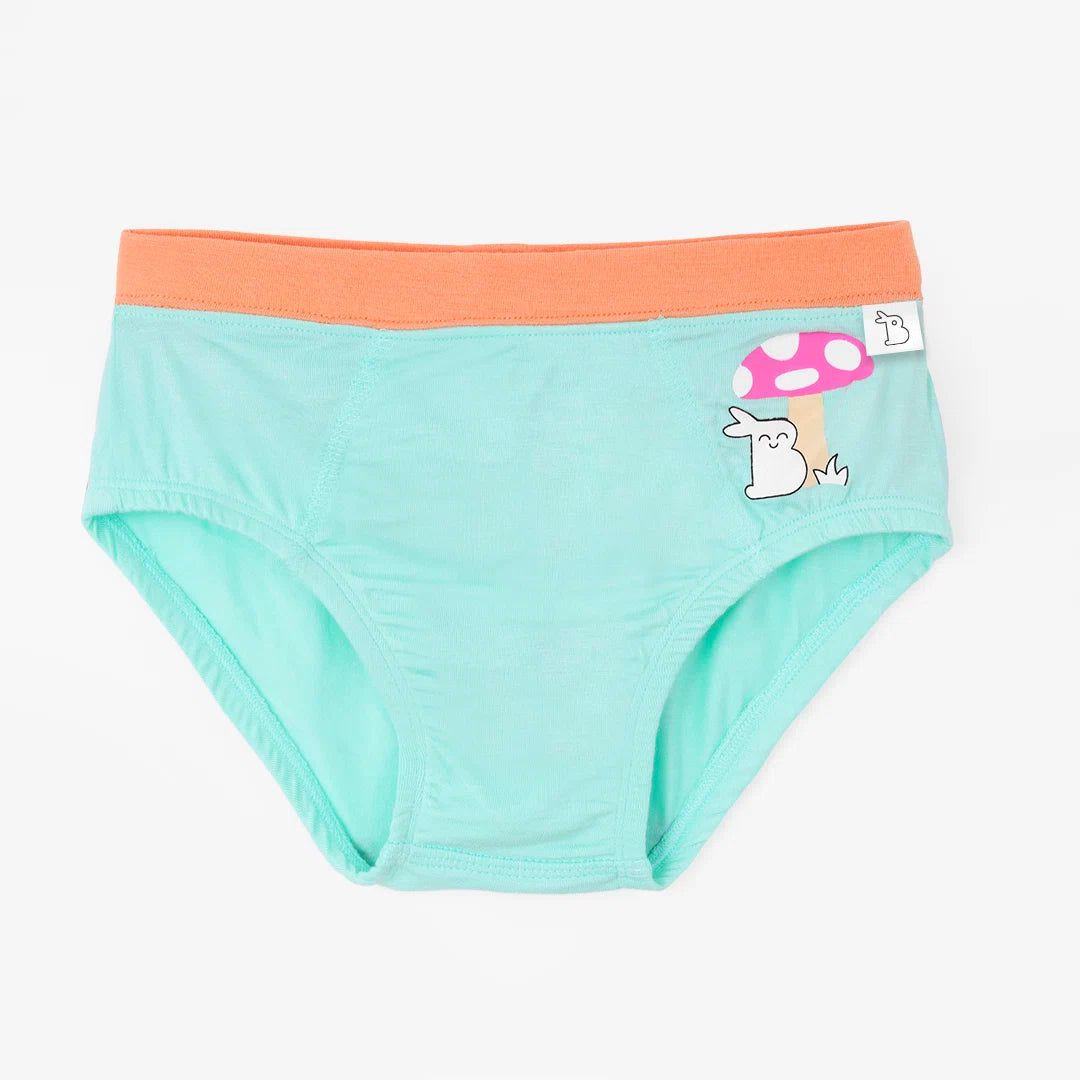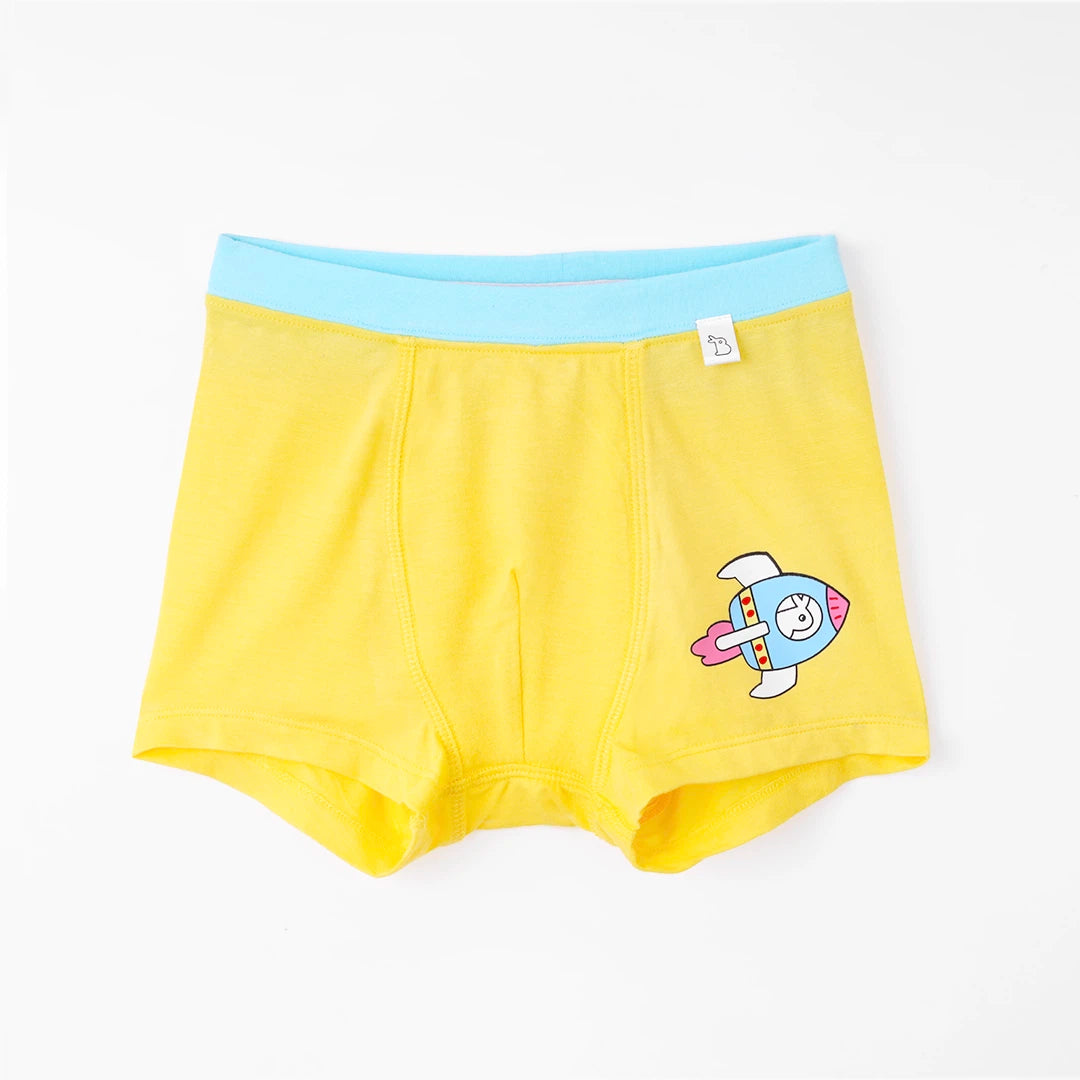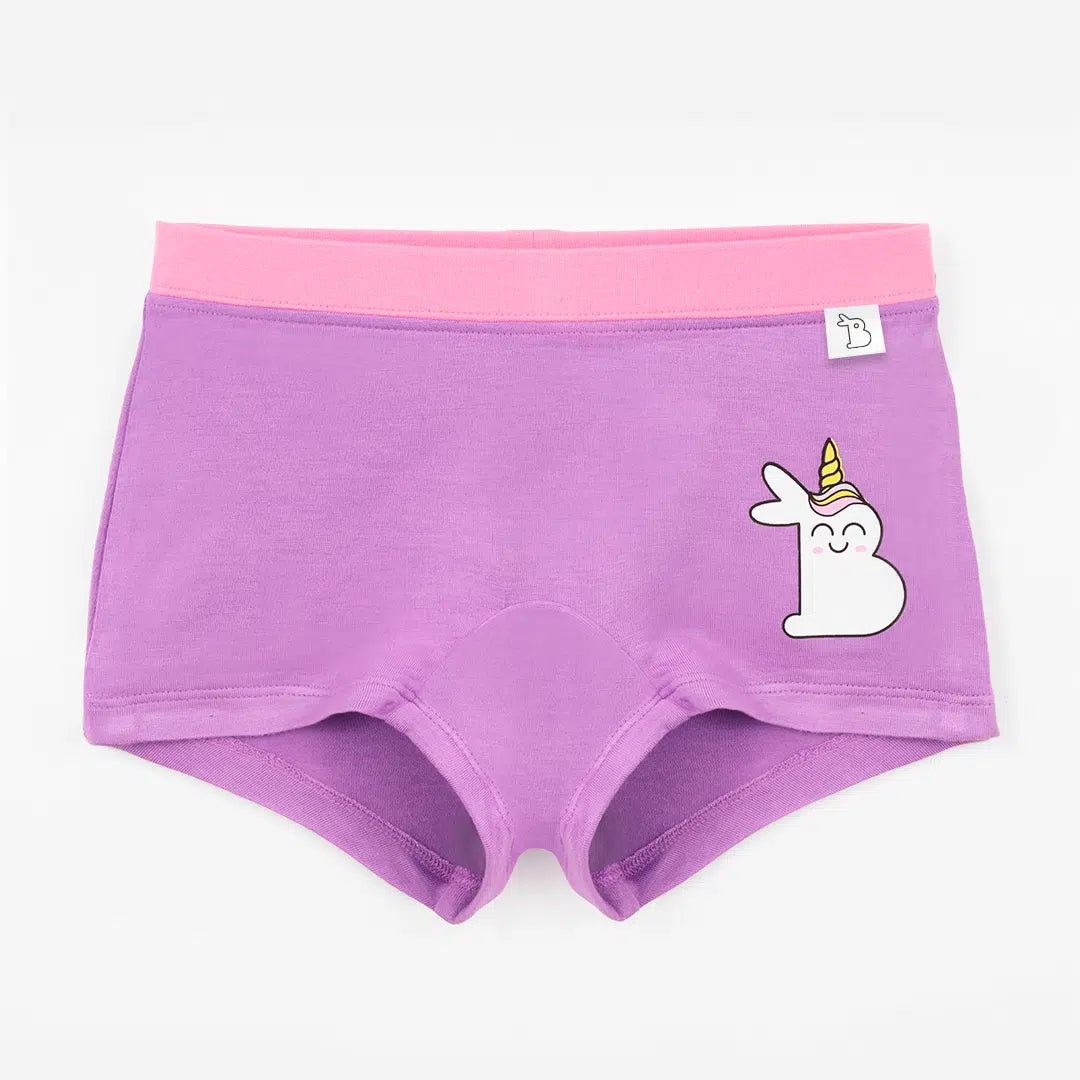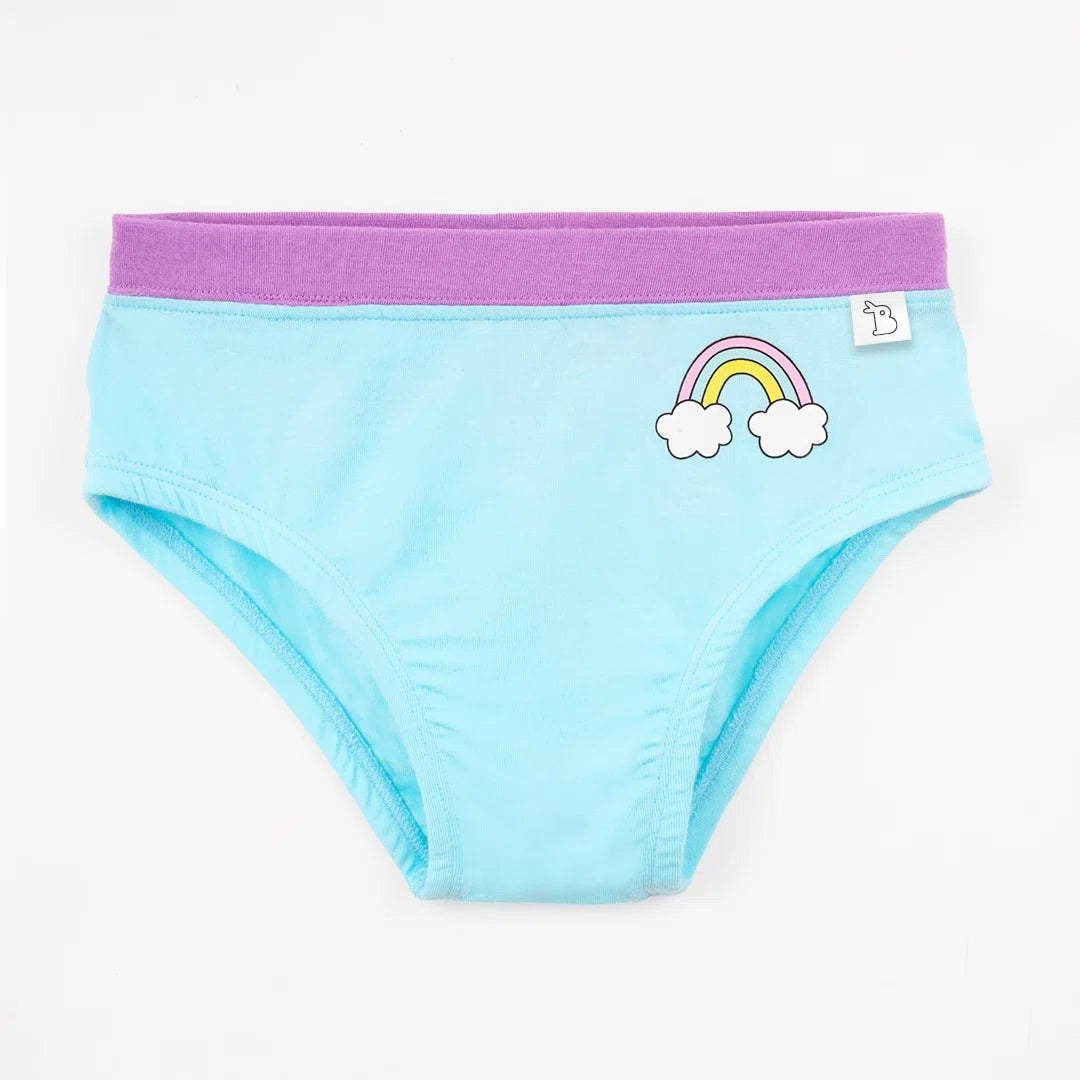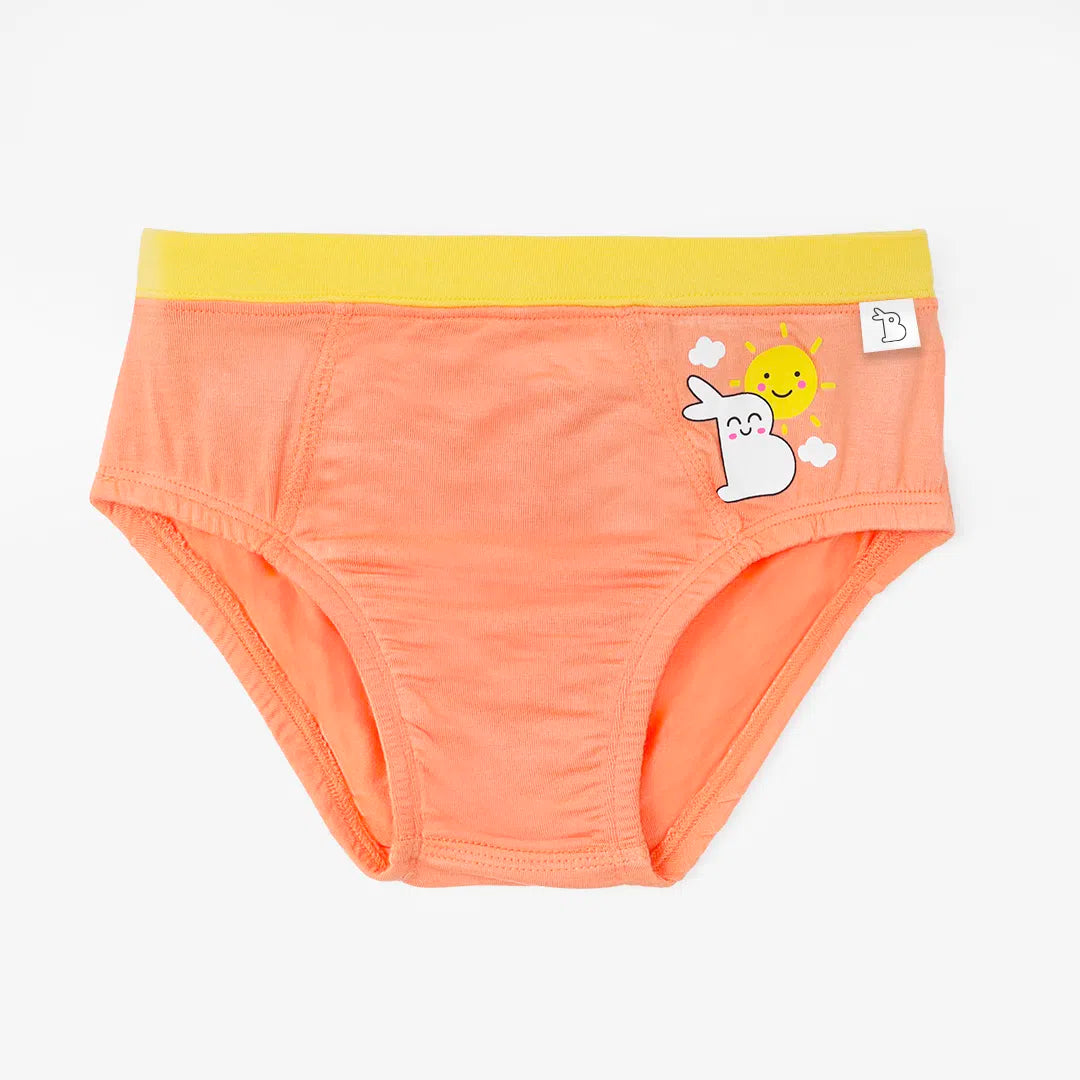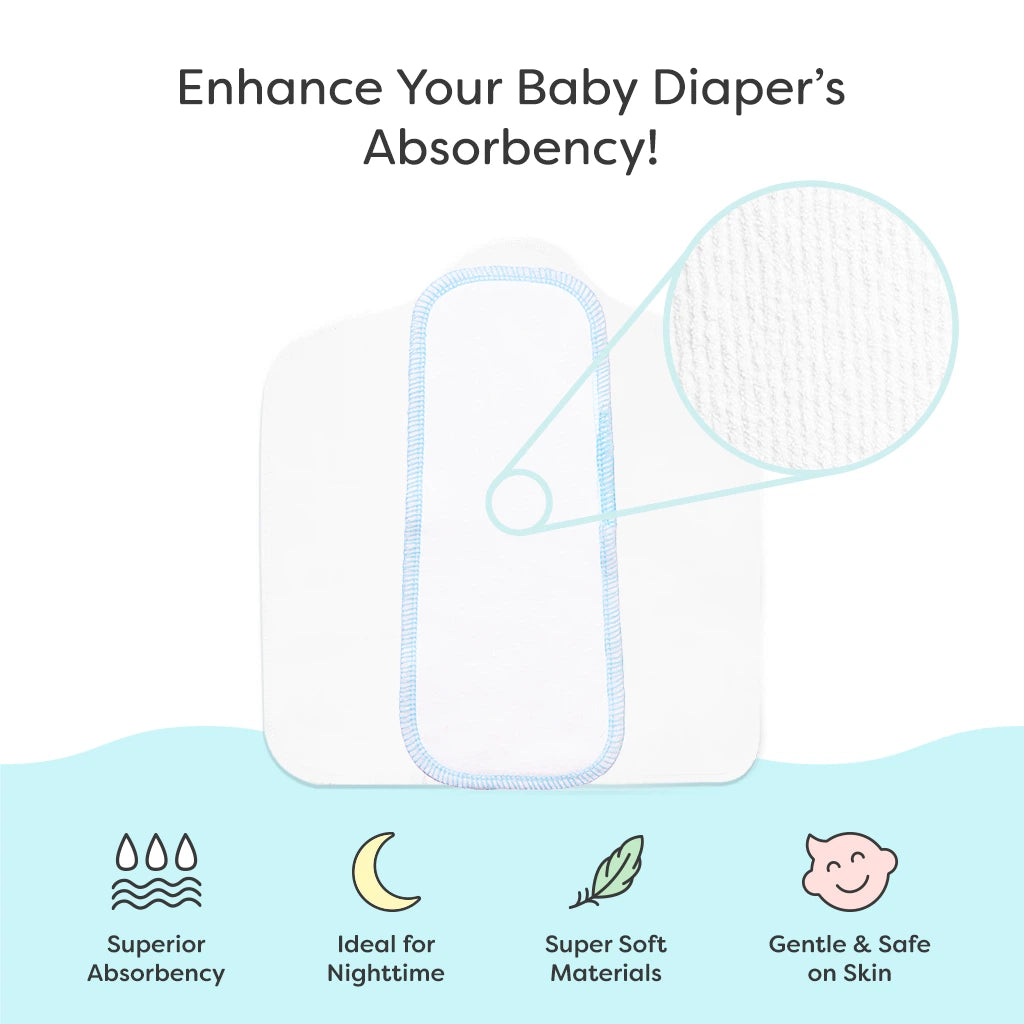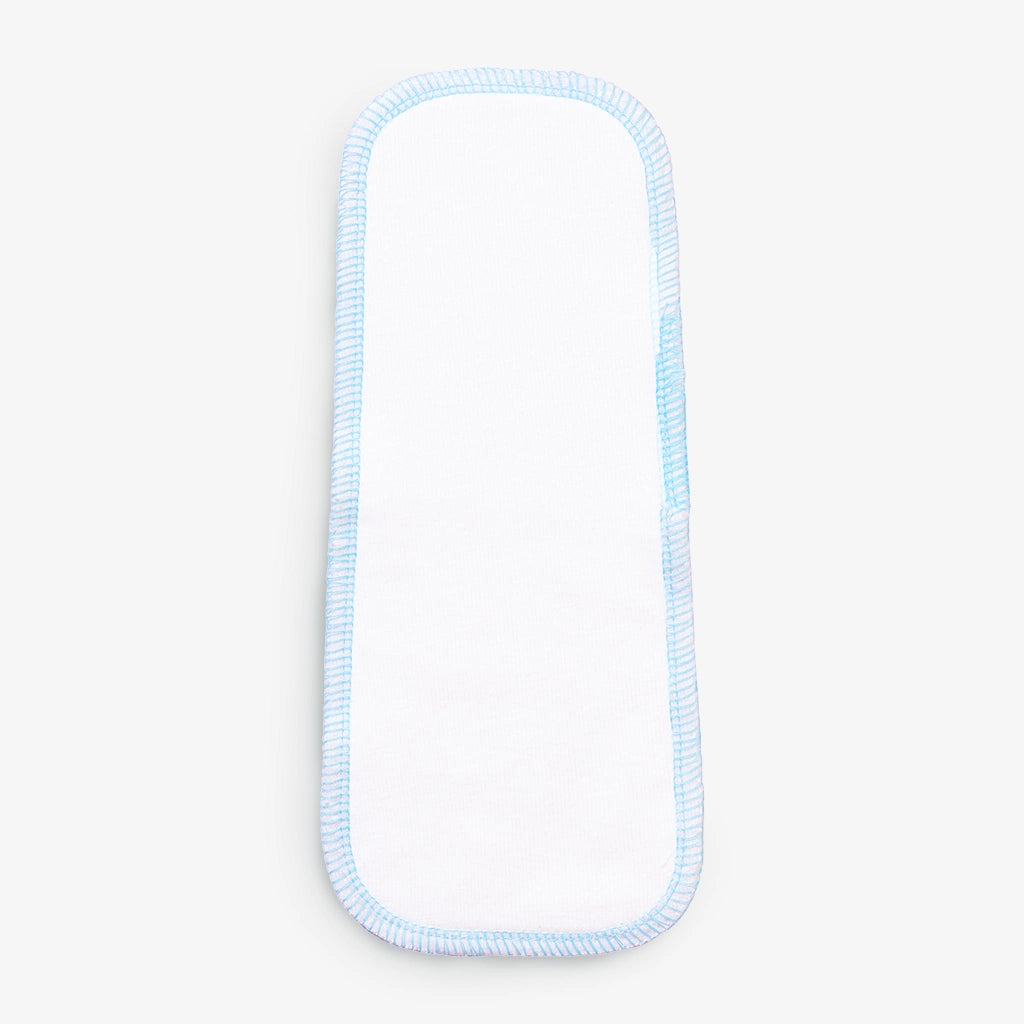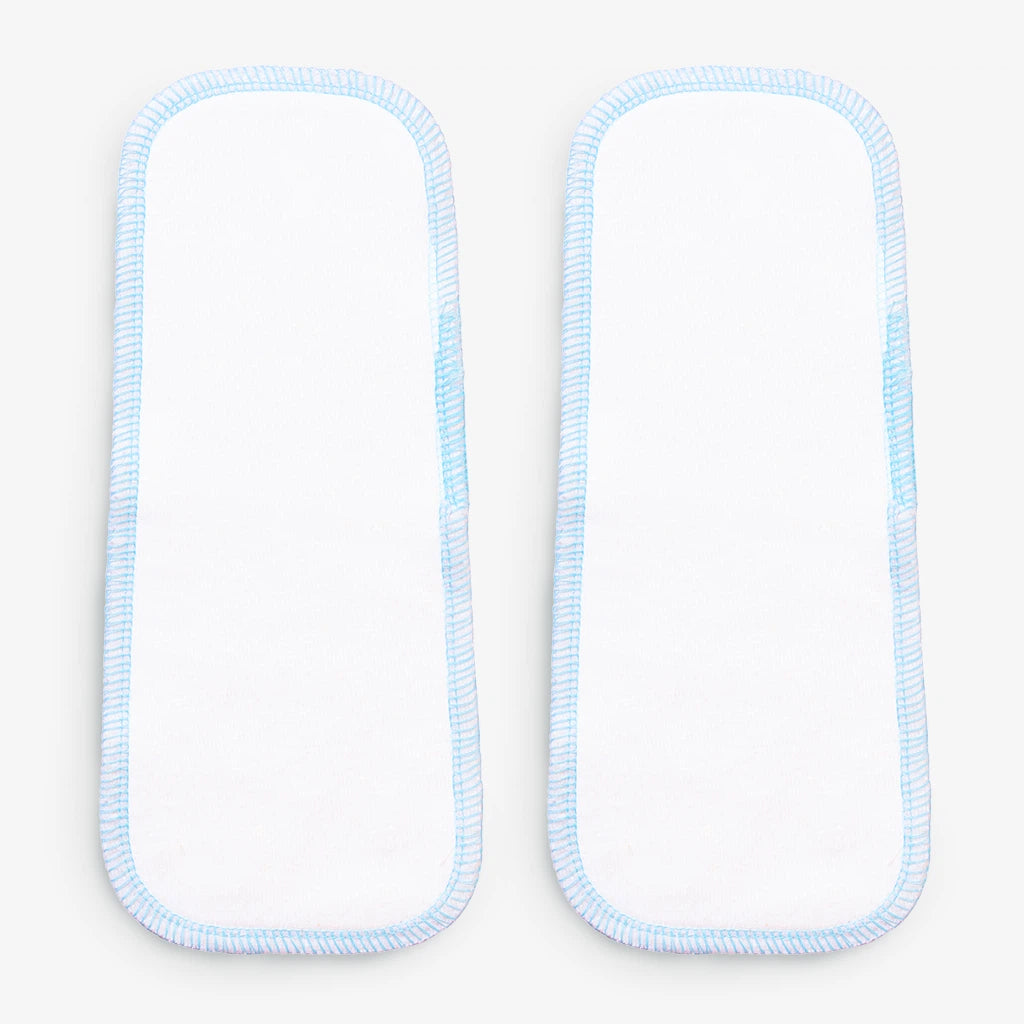• Introduction
• Understanding Short Tongue Tie Baby
• Types Of Tongue-Tie In Babies
• Is My Baby Tongue Tied?
• Effects Of Tongue Tie In Babies
• How To Feed A Tongue Tied Baby?
• Diagnosis Of Tongue-tie In Babies
• How To Treat Tongue Tie In Babies?
• Key Takeaway
• FAQs
• Message From SuperBottoms
When we hear the term 'tongue-tie,' we picture a person trying to speak something but unable to out of fear or nervousness. But tongue-tie is a medical condition that affects breastfeeding, your baby's speech, and even oral development in younger babies. Tongue-tie is not a very common term you would hear as a parent.
Medically known as ankyloglossia, a tongue-tie baby will have an overly short or thick frenulum. The frenulum is a band of skin tissues that connect the bottom of your tongue and the floor of your mouth. When you pick your tongue up, the skin line you see connecting the tongue and the floor of the mouth is the frenulum. This will restrict their tongue movement. This article will discuss the tongue tie symptoms, causes and treatments.
Understanding Short Tongue Tie Baby
A short tongue tie baby refers to a condition where the lingual frenulum, the band of tissue under the tongue, is abnormally short or tight, potentially limiting tongue movement. This can affect breastfeeding and speech development. Evaluation by a healthcare professional is essential for the diagnosis and management of a short tongue tie baby.
Types of Tongue-Tie In Babies
According to the location where the tongue is to attach to the floor of the mouth, a tongue tie baby is classified under one of the following types:
1. Class one - The tip of the tongue is tied to the floor of the mouth when it is a class one tongue tie. This is most easily visible and identifiable.
2. Class two - In class two, tongue ties are used on babies; the tie is towards the middle of the tongue.
3. Class three - The tongue tie, in the case of class three, is located at the base of the tongue.
4. Class four - Also known as a posterior tongue tie, class four is a tie towards the backside of the tongue. It is often mistaken for a short tongue.
Is My Baby Tongue Tied?
Babies are born with this condition, which means that it is a congenital disease. When the embryo develops in the mother's womb, the frenulum is tied to the tongue and the base of the baby's mouth. But before birth, it separates from the tongue, thus giving the tongue free movement. In some cases, the frenulum remains attached to the tongue, and therefore, the baby will be tongue-tied.
Some experts believe that tongue-tie babies are affected by genetic factors. But this is just a theory, and there is no evidence to prove it or any reason behind why this happens.
Effects of Tongue Tie In Babies
It is not easy to identify if your baby is a tongue-tie baby or not, especially the severe effects of tongue-tie in babies. But the following effects of tongue tie in babies will help you identify the condition:
• While feeding, your tongue tied baby cannot stay attached to the nipple for the full feed.
• A tongue tie newborn would make clicking sounds while breastfeeding.
• Although a baby will not be able to do this on command at such a young age, a tongue-tied baby will not be able to touch the roof of the mouth with its tongue or move the tongue from left to right quickly.
• The baby will be unable to stick its babies tongue out (Babies tongue out can be normal behaviour and not necessarily a symptom of tongue tie. However, if it is accompanied by difficulty breastfeeding, speech delays, or a heart-shaped tongue tip, it could indicate a tongue tie).
• Because they would be unable to suckle properly, tongue-tie babies will feel irritated during feeding.
• The baby will not gain adequate weight because of interrupted and improper feeding.
• They will feed for longer with small breaks in between.
How To Feed A Tongue-Tied Baby?
Learning how to feed a tongue tied baby requires patience and adjustments. Ensure a proper latch during breastfeeding, trying different positions for comfort. Paced bottle feeding can help with bottle feeding. Consult lactation consultants for guidance and consider treatment options with healthcare providers if feeding difficulties persist.
Diagnosis of Tongue-tie In Babies
Only a medical practitioner or your baby's paediatrician is the right person to diagnose a tongue-tie condition in your baby. The doctor will conduct a few tests based on visual examination and check the tongue's mobility.
Sometimes, tongue tie babies outgrow this condition within the first few weeks of birth. Your paediatrician would ideally ask you to wait a few weeks to see if the issue is resolved. There might be a chance that you will be able to avoid any surgery altogether.
How To Treat Tongue Tie In Babies?
A baby tongue tie, also known as ankyloglossia, is a condition present at birth that restricts the tongue's range of motion due to a tight or thick band of tissue (lingual frenulum) under the tongue. This condition can interfere with breastfeeding, speech development, and oral hygiene. How to treat tongue tie in babies options include:
1. Lingual Frenotomy (Frenectomy): This is a simple and quick surgical procedure where a healthcare provider cuts the frenulum to release the tongue's movement restriction. It can often be done with minimal discomfort to the baby and a short recovery period.
2. Laser Frenectomy: Similar to traditional frenotomy, but performed with a laser instead of a scalpel. Laser frenectomy is believed to cause less bleeding and discomfort and may have a shorter healing time.
3. Frenuloplasty: A more extensive surgical procedure may be recommended in cases where the frenulum is particularly thick or the tongue-tie is severe. This involves making a larger incision to release the tight band of tissue.
Myofunctional Therapy involves exercises and techniques to improve tongue mobility and function. To optimise outcomes, dysfunctional Therapy may be recommended before or after frenotomy.
4. Posterior Tongue-Tie Release: In some cases, babies may have a posterior tongue tie, where the tight frenulum is located further under the tongue and is not as easily visible. Specialised assessment techniques and procedures may be required to diagnose and treat posterior tongue ties.
5. Feeding Support: Alongside any treatment, it is essential to support breastfeeding mothers and ensure babies can feed effectively. Lactation consultants or specialists can offer guidance on optimal breastfeeding positions and techniques.
6. Multidisciplinary Approach: In complex cases or when tongue-tie is associated with other conditions, such as speech difficulties or feeding issues, an interdisciplinary team involving paediatricians, lactation consultants, speech therapists, and otolaryngologists may collaborate to provide comprehensive care.
|
Limited Time Offers + Special Gift Sets! Now or never Super SALE is live on the SuperBottoms website! Take advantage of unbeatable value deals on our UNO Cloth Diapers, Baby Essentials, and more. Looking for the perfect present for a newborn or a toddler? Explore our thoughtfully curated Gift Sets & Combos — safe, skin-friendly, and oh-so-cute! A bundle of love for little ones and a delight for parents. HURRY — Deals and Gift Packs are live only till stocks last. Don’t miss the chance to stock up and share the joy! |
Key Takeaway
1. Parents need to discuss treatment options with healthcare professionals experienced in baby tongue tie to determine the best course of action for their baby's needs.
2. Please remember that a certified doctor is the only person eligible to diagnose your tongue tied baby condition and perform any procedure to help them out of the situation.
3. If you feel that your baby is struggling with breastfeeding or there is a visible tongue tie, immediately speak to your paediatrician to discuss the further course of action to solve this.
FAQs:
Q1 – Are there any medicines to cure tongue tie conditions?
Ans. This condition is more of a skin tissue related. Thus, no medicines can help you get rid of a tongue tie.
Q2 – Is surgery the only option to help my tongue tie baby?
Ans. Kids often outgrow the tongue tie, and the condition disappears within a few weeks of birth. Thus, the first strategy is to help them breastfeed without difficulty and wait it out.
Q3 – Is my baby tongue tied?
Ans. If you notice difficulty breastfeeding, speech delays, or a heart-shaped tongue tip, consult a paediatrician or lactation consultant for assessment and guidance on whether your baby has a tongue-tie.
Message from SuperBottoms
Hi there, new parents! SuperBottoms brings you doctor-recommended cloth diapers — the best rash-free diapering solution for your baby’s sensitive and delicate skin. Unlike disposable diapers loaded with chemicals, our newborn cloth diapers, when used and washed properly, can help eliminate the risk of diaper rashes. SuperBottoms offers a wide range of safe, skin-friendly essentials for the whole family — including Reusable Cloth Diapers, Diaper Pants, DryFeel langots for diaper-free time, Padded Underwear for potty training, SuperSoft Underwear for everyday comfort, Joggers for playful days, and Period Underwear for women. Not just for everyday use, SuperBottoms products also make the best gifting choice for babies — thoughtful, eco-friendly, practical, and loved by parents. Now available on Amazon, Myntra, Flipkart, FirstCry, Zepto, Swiggy and Blinkit
Reference Links
1. Tongue-tie (ankyloglossia) - Diagnosis and treatment
2. Tongue-Tie: What It Is and How It's Treated

